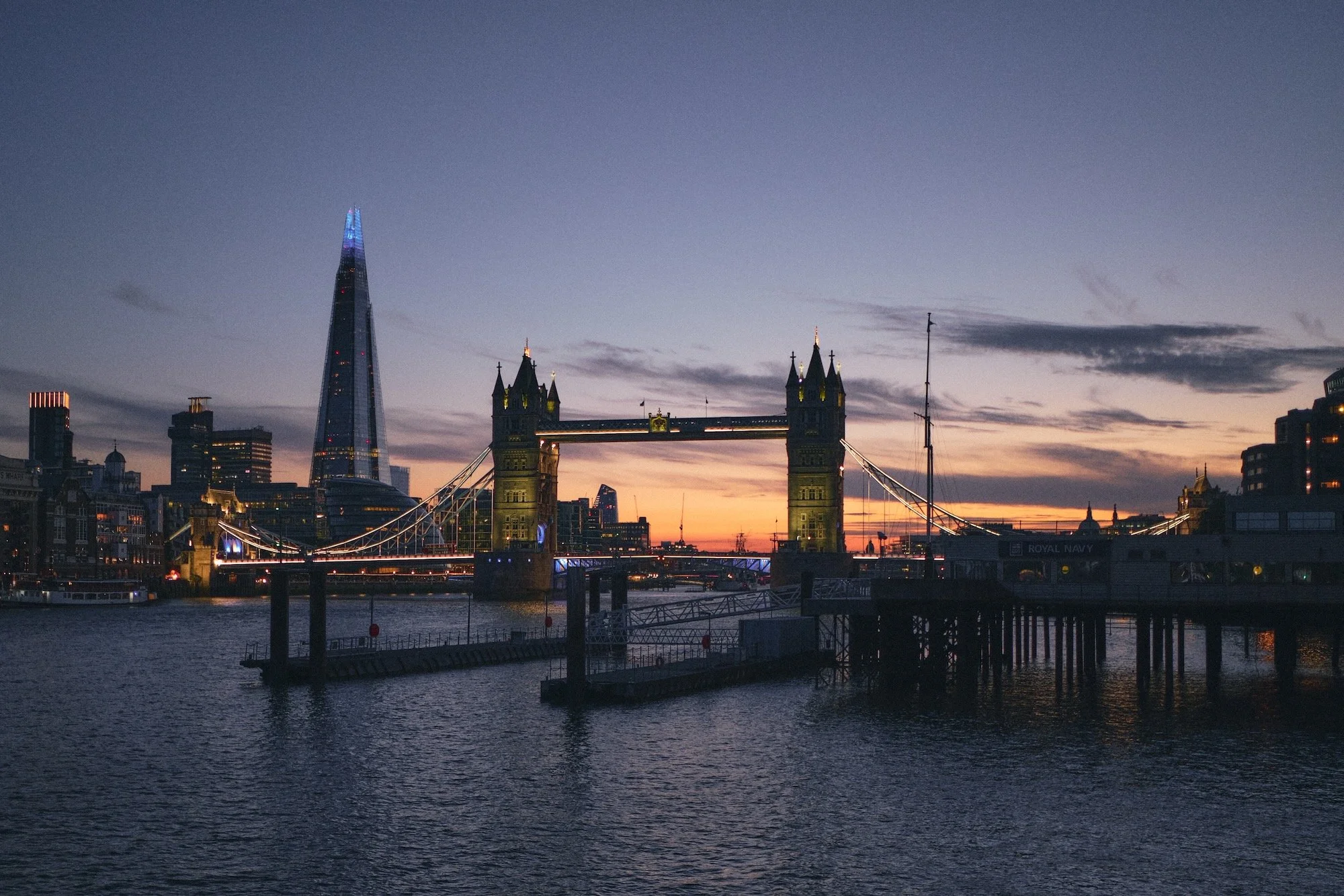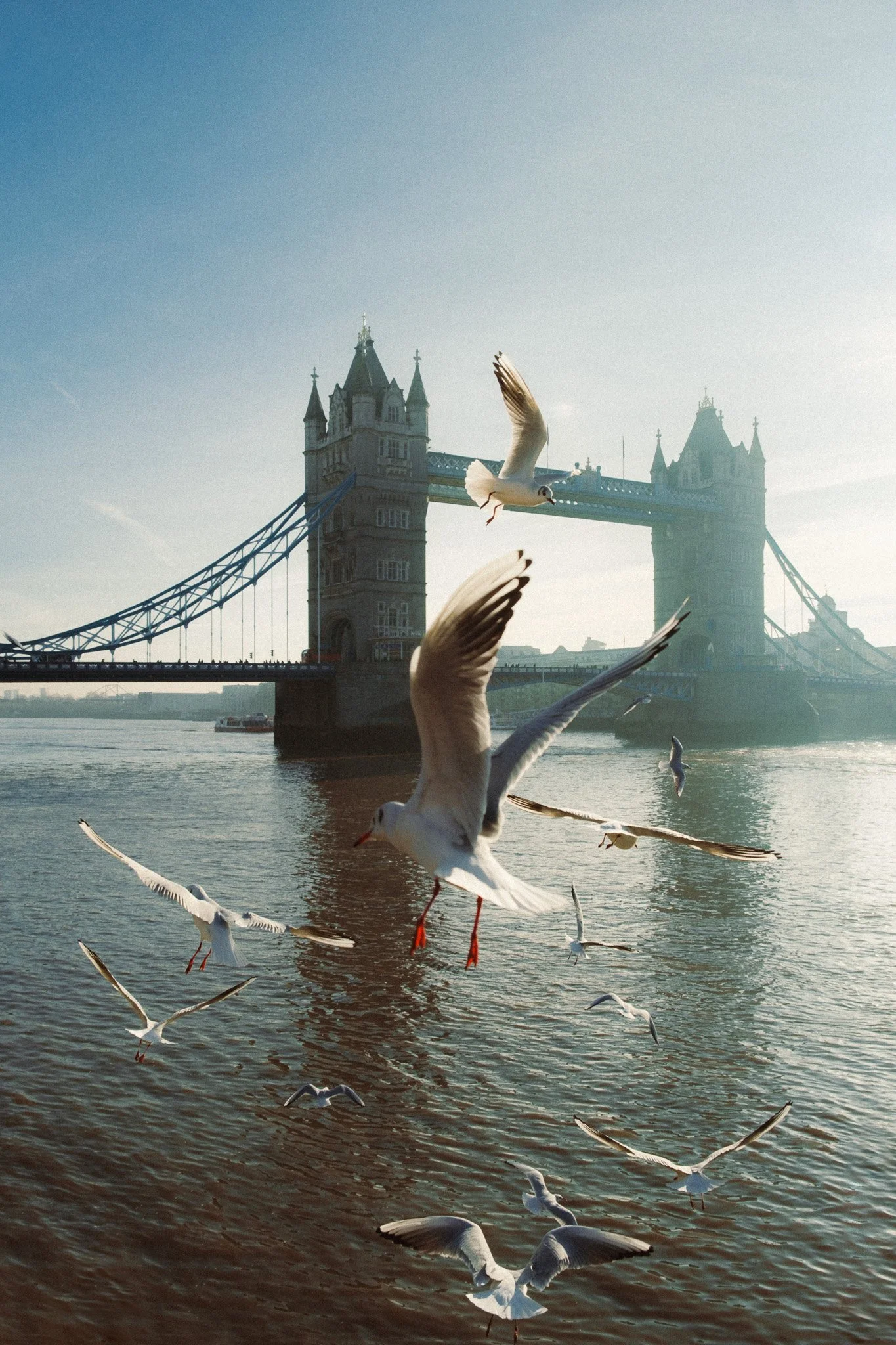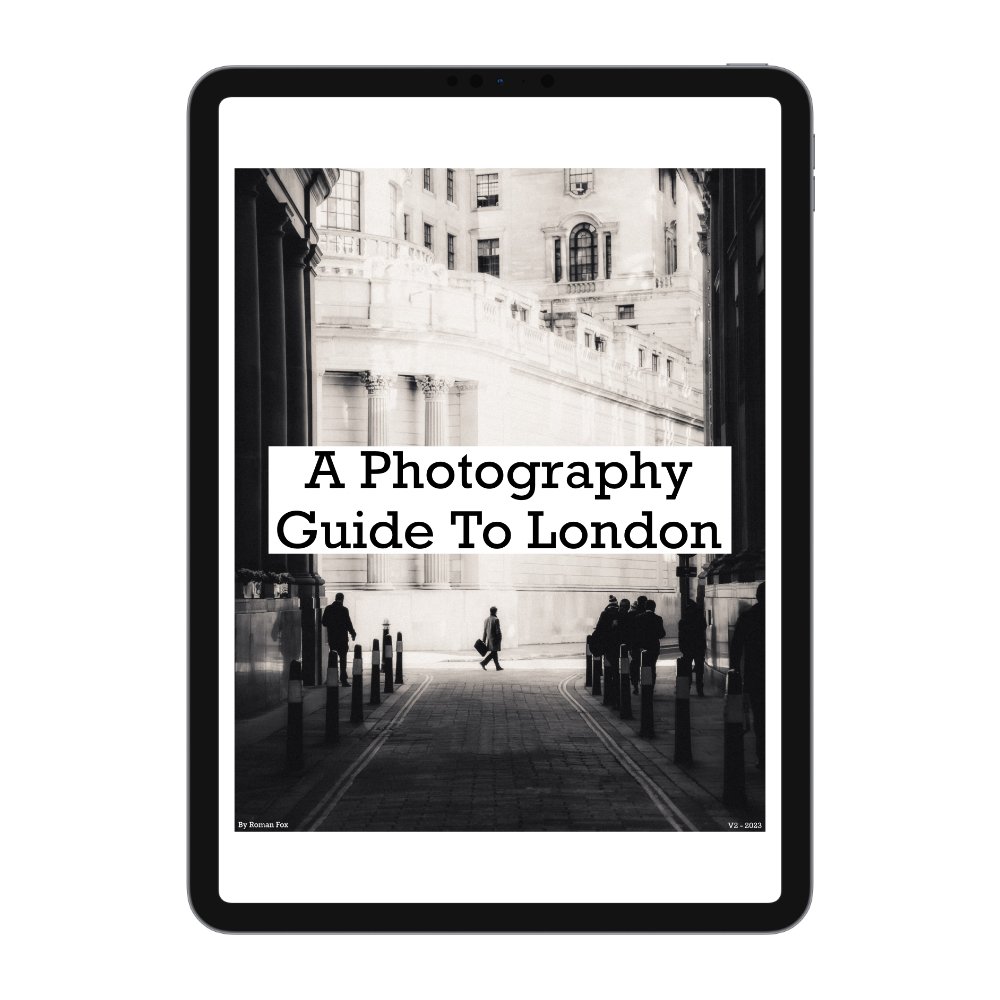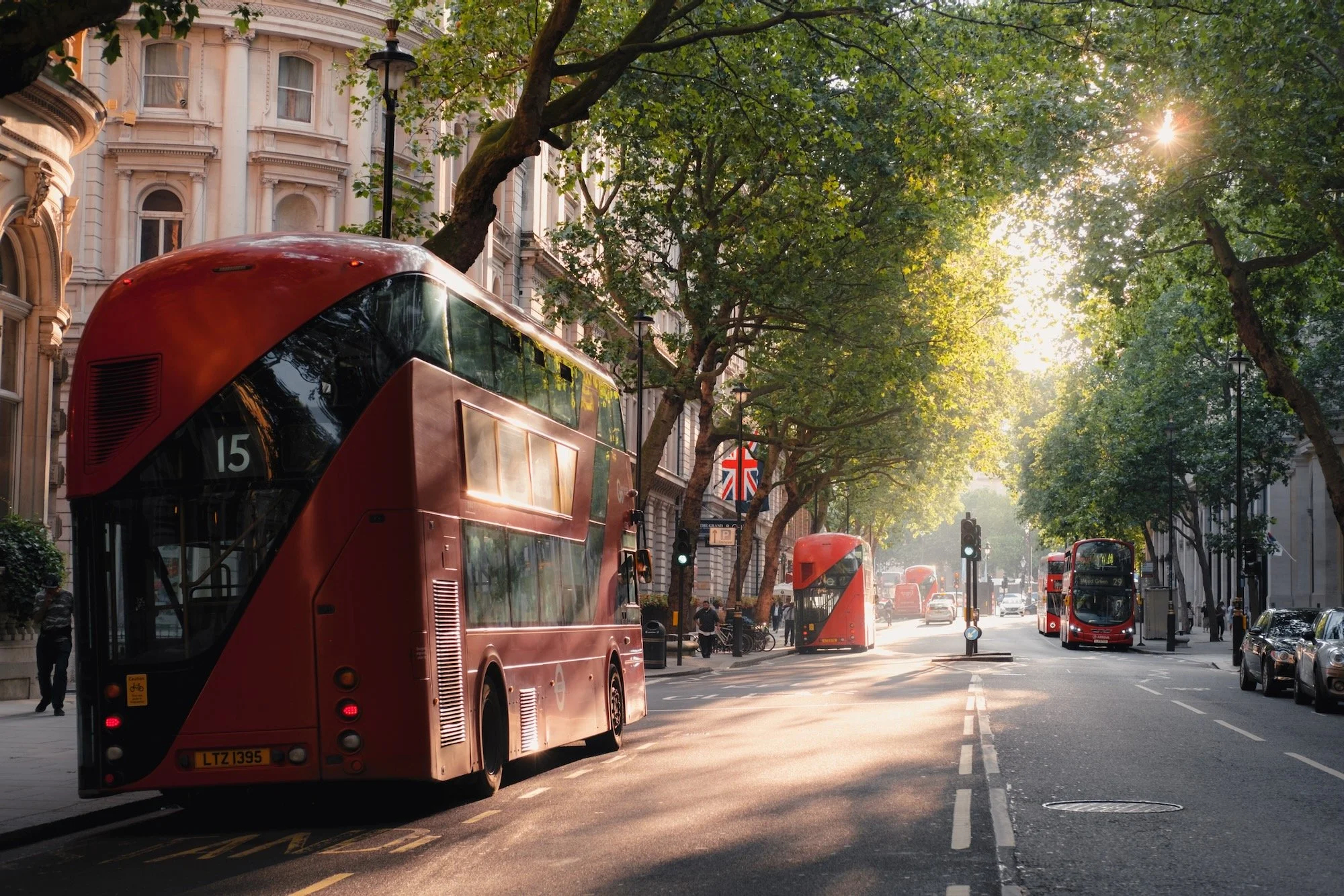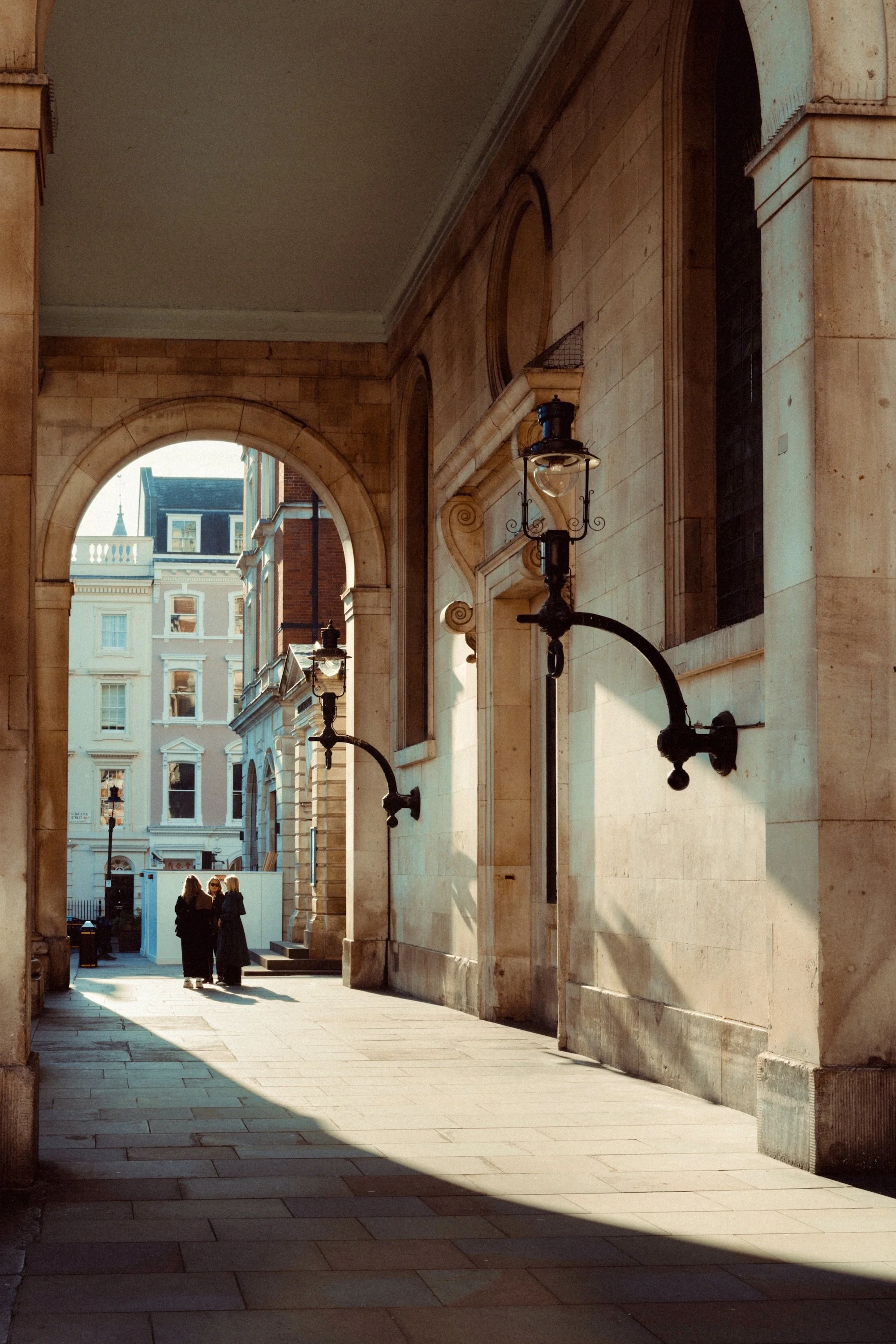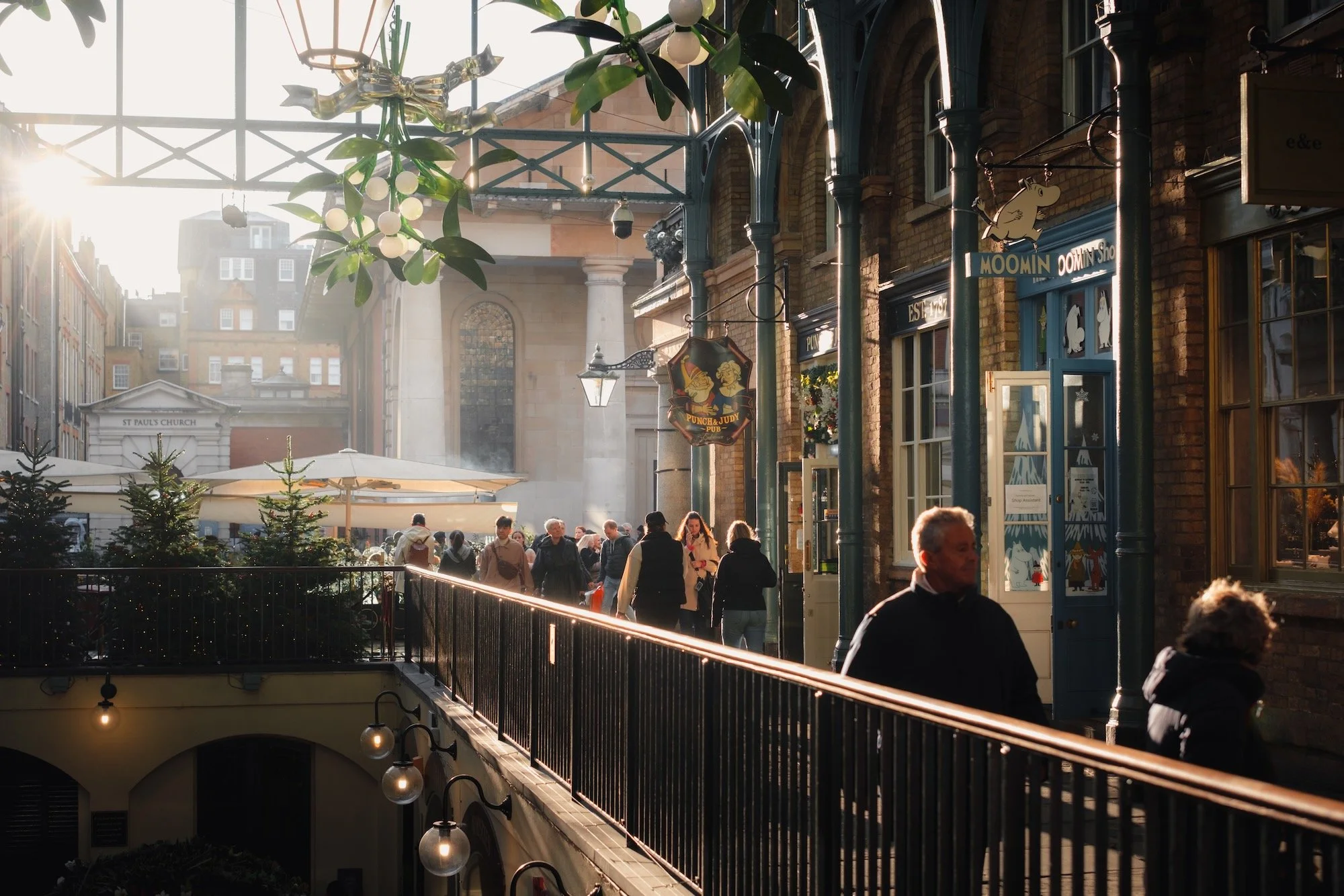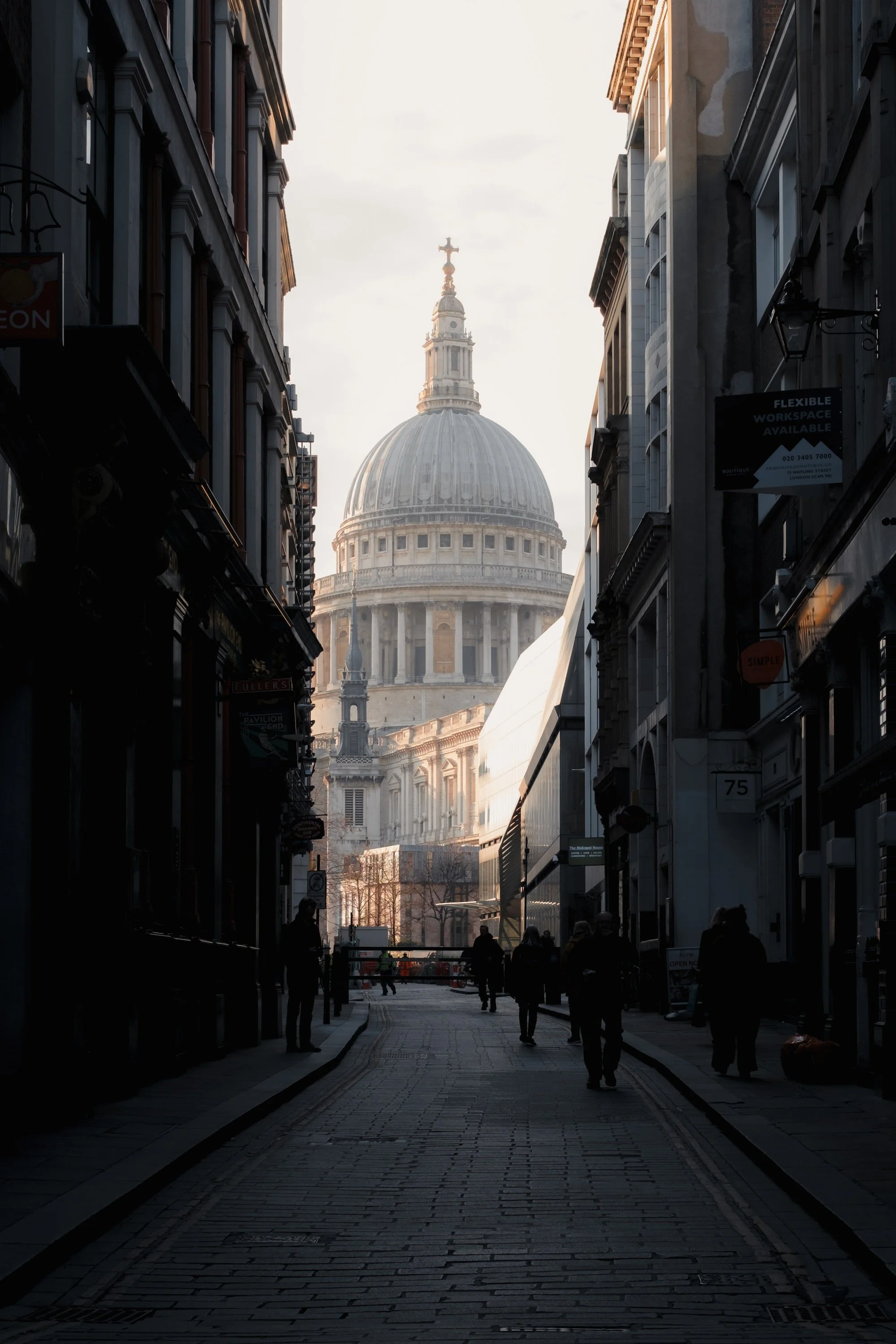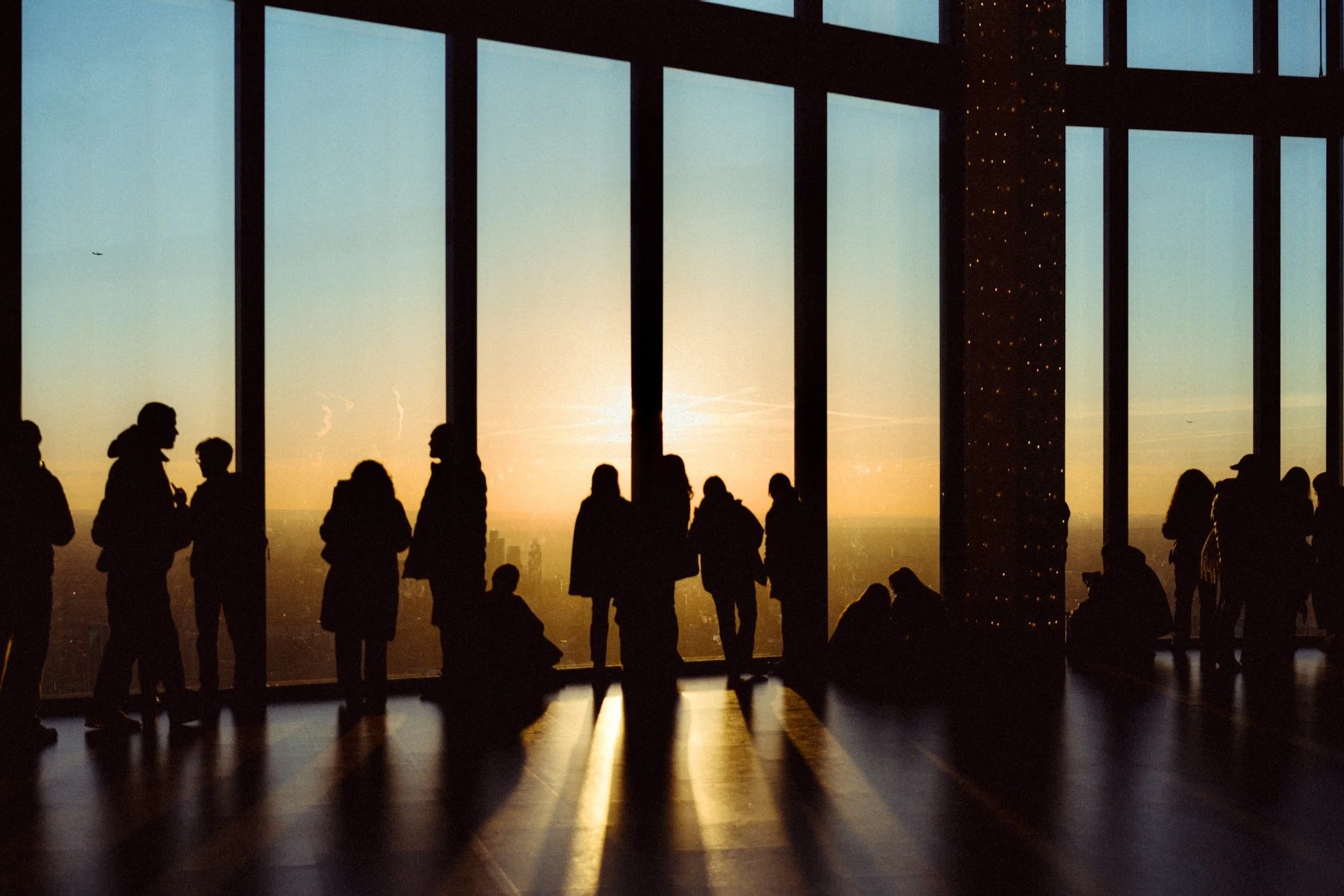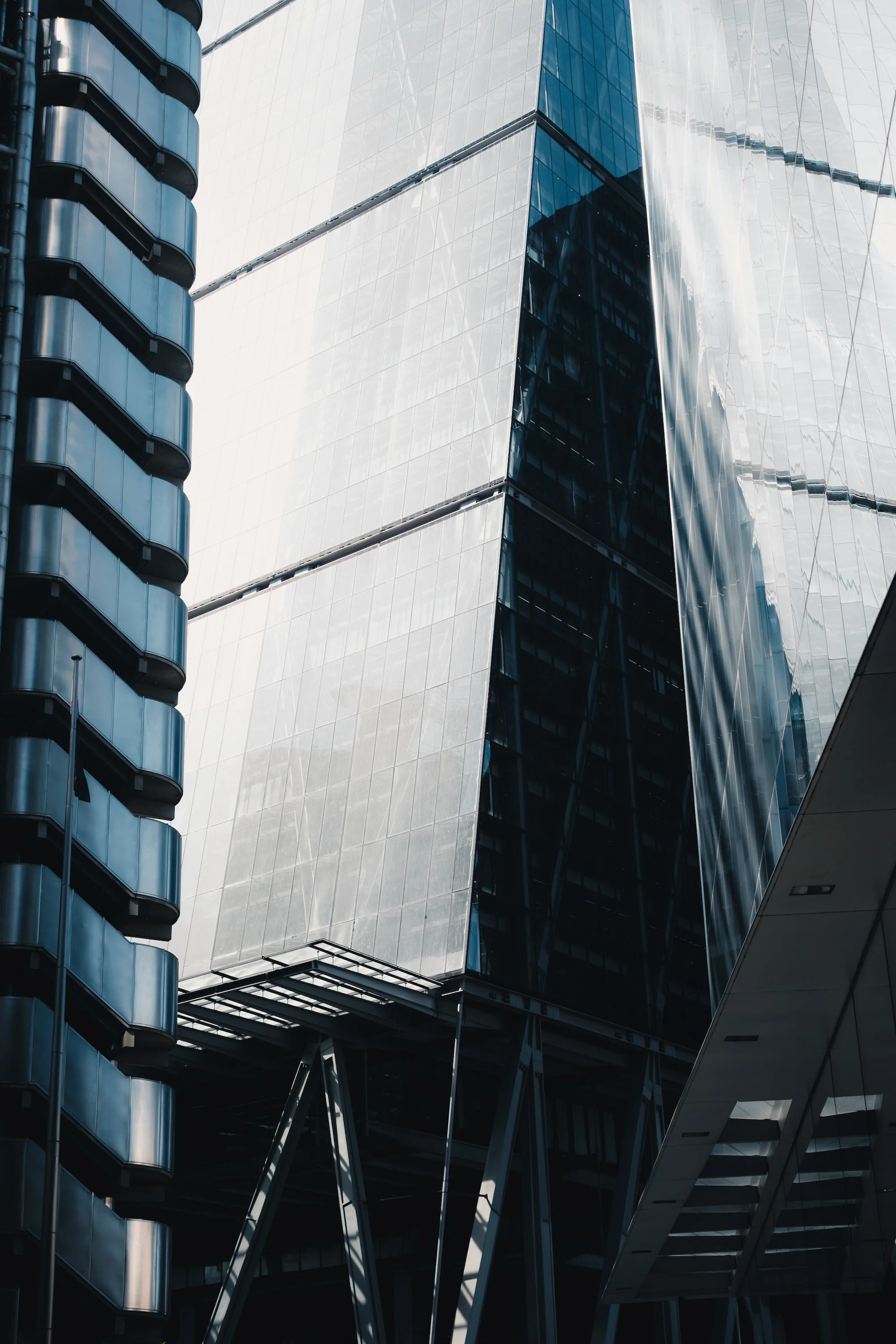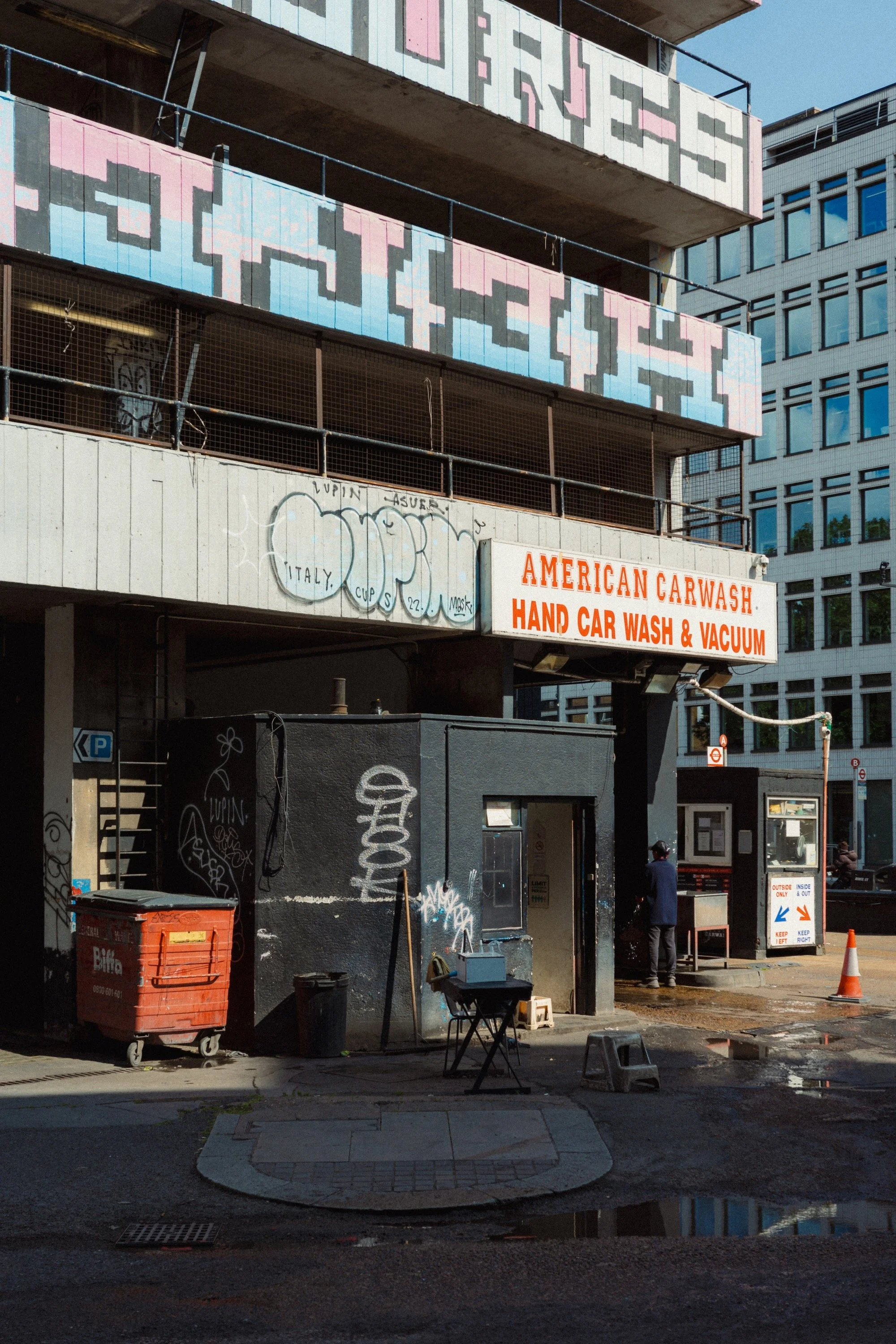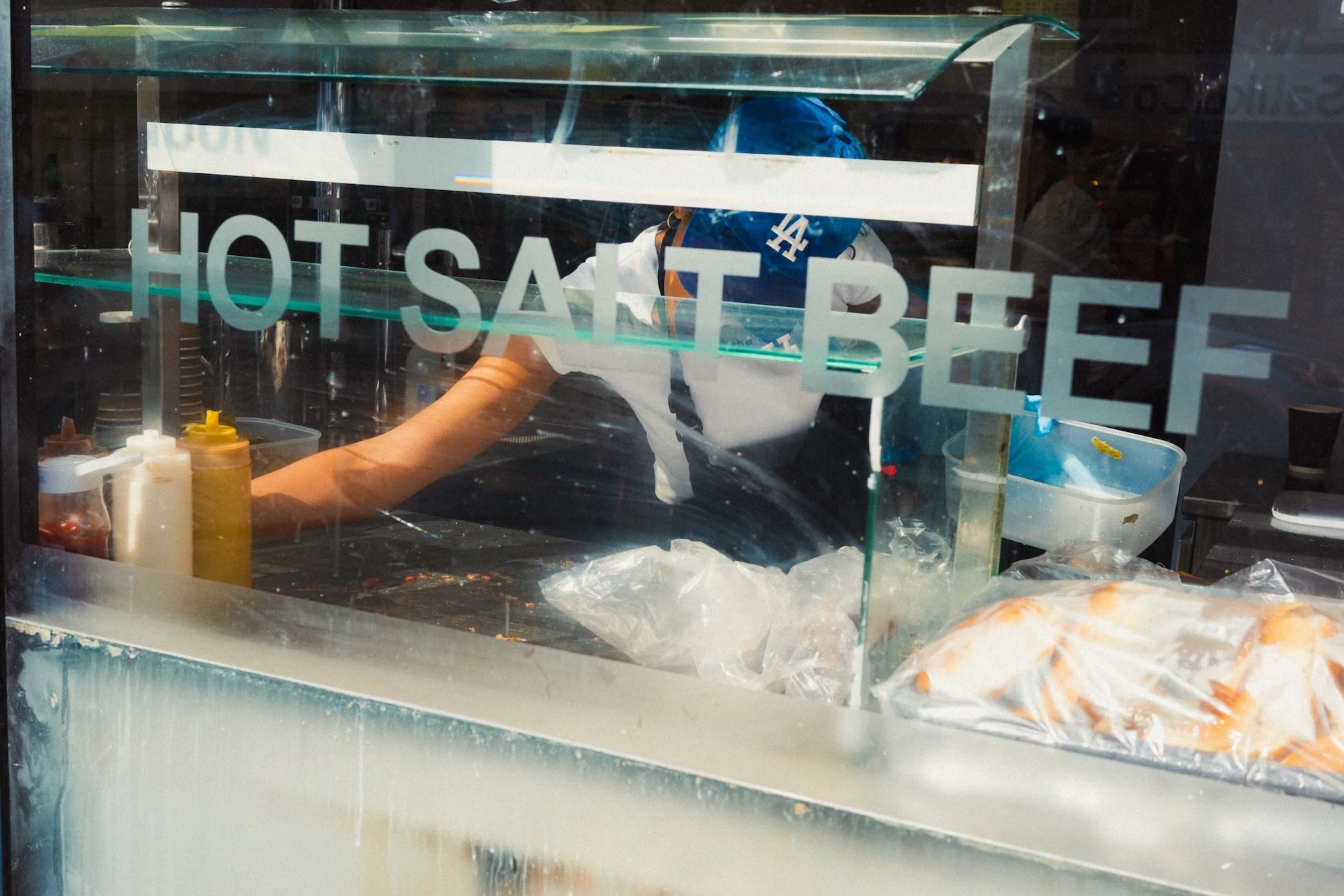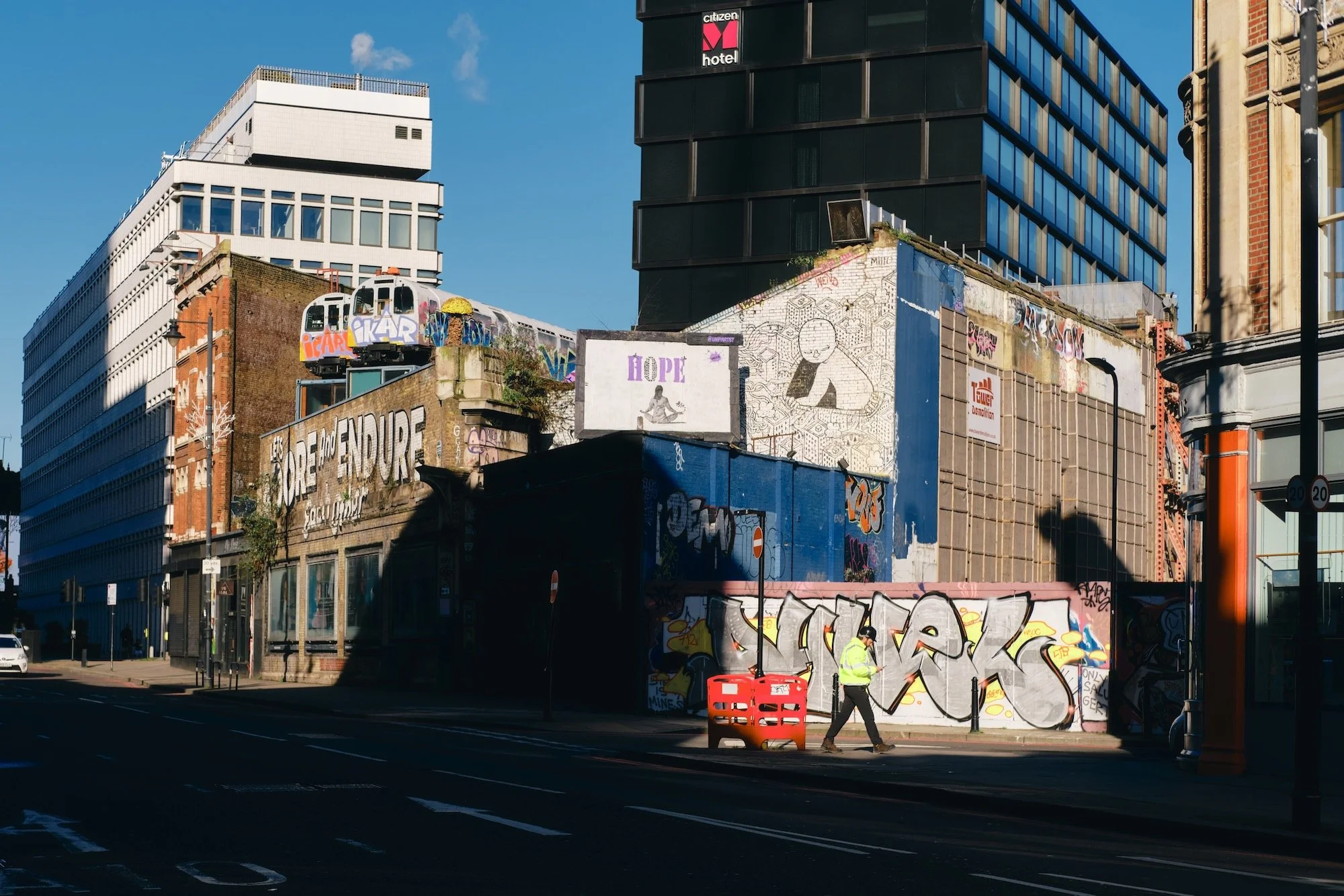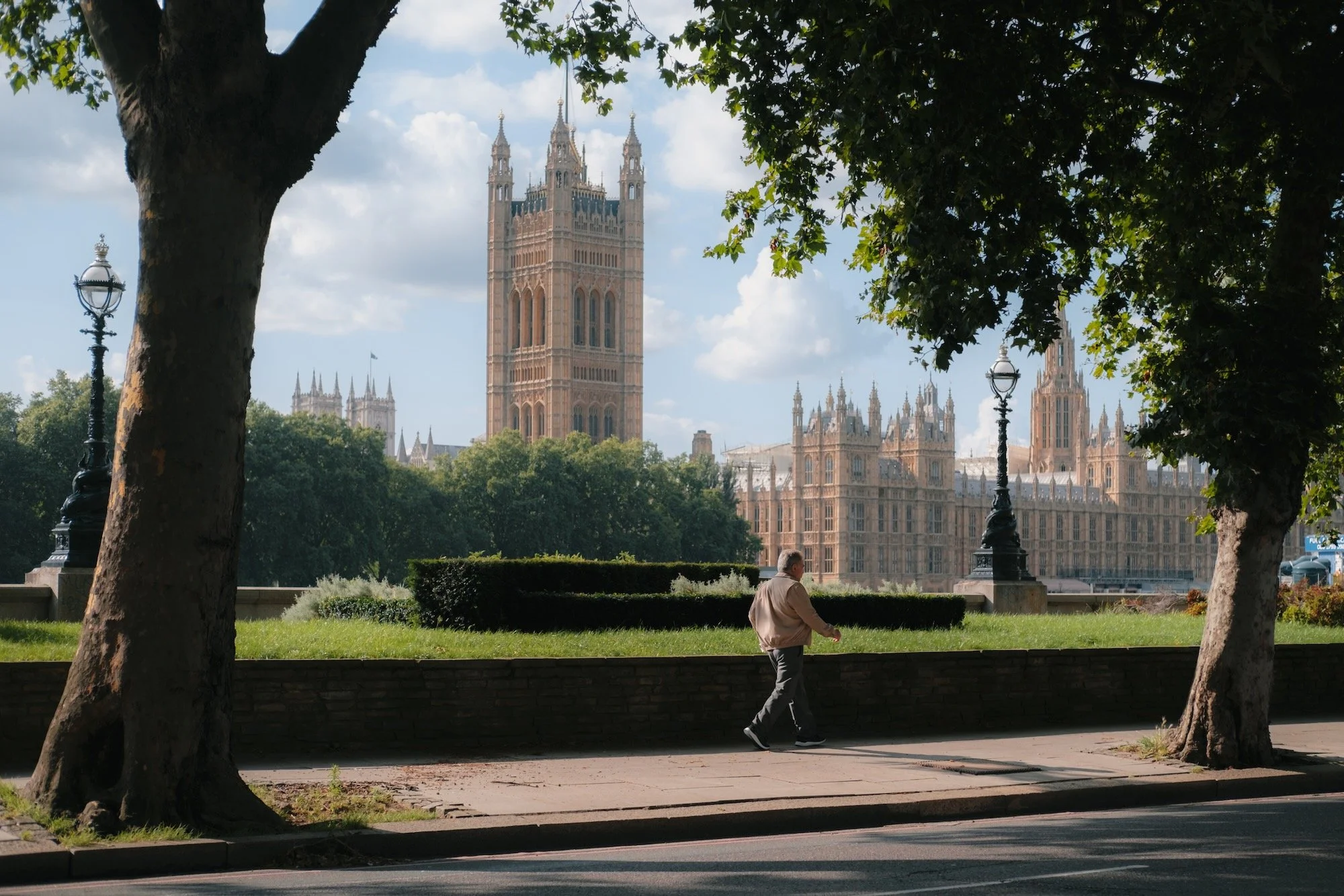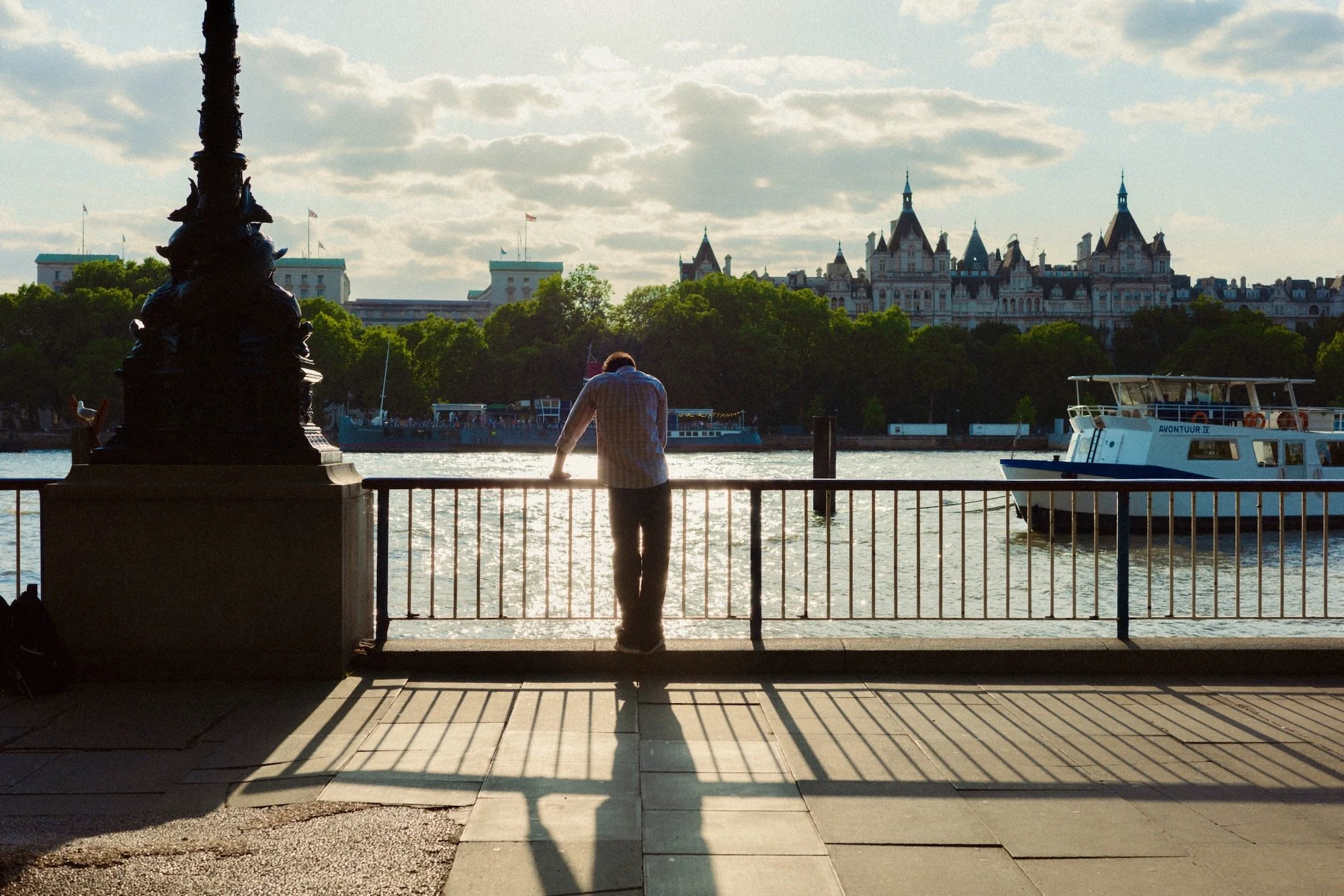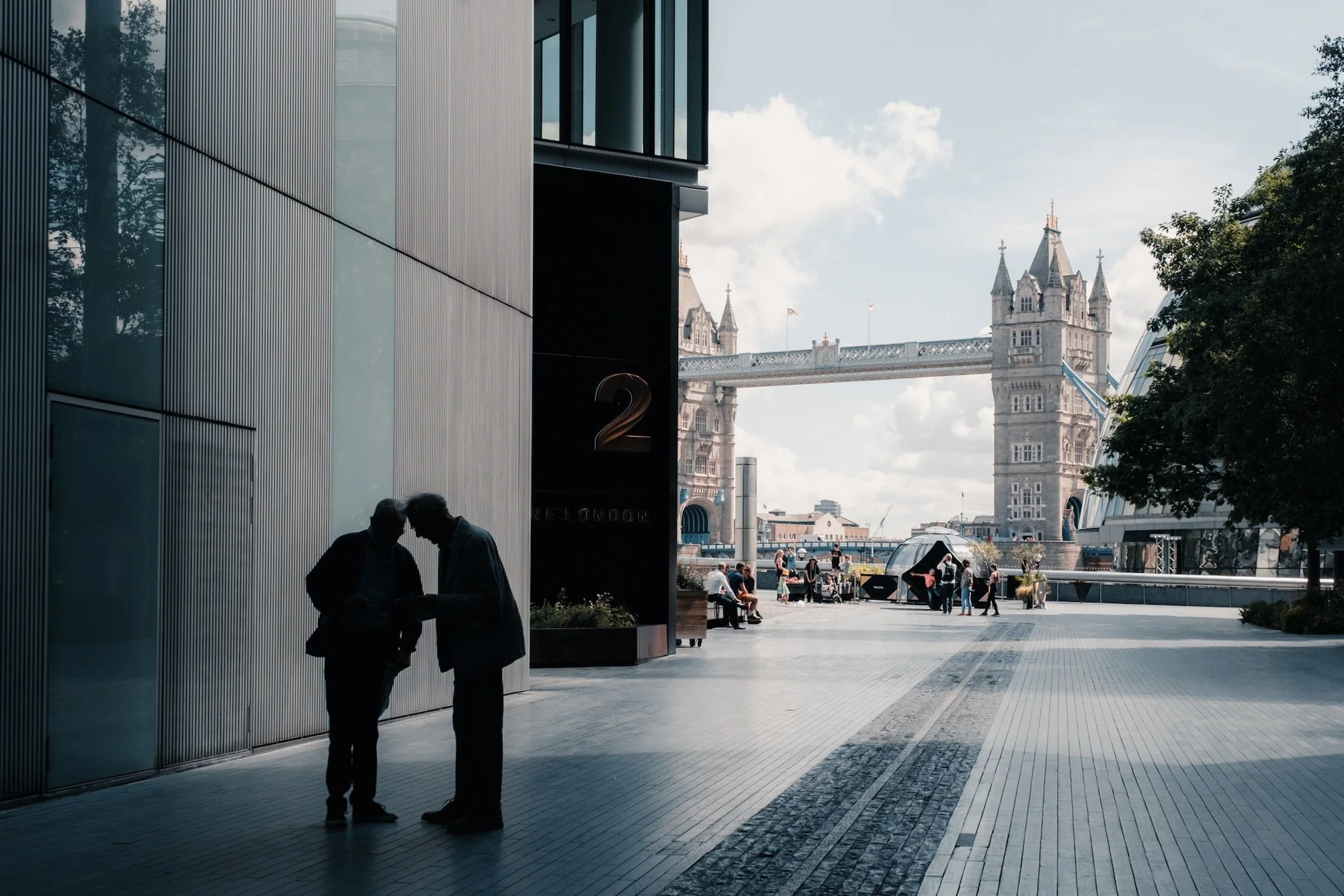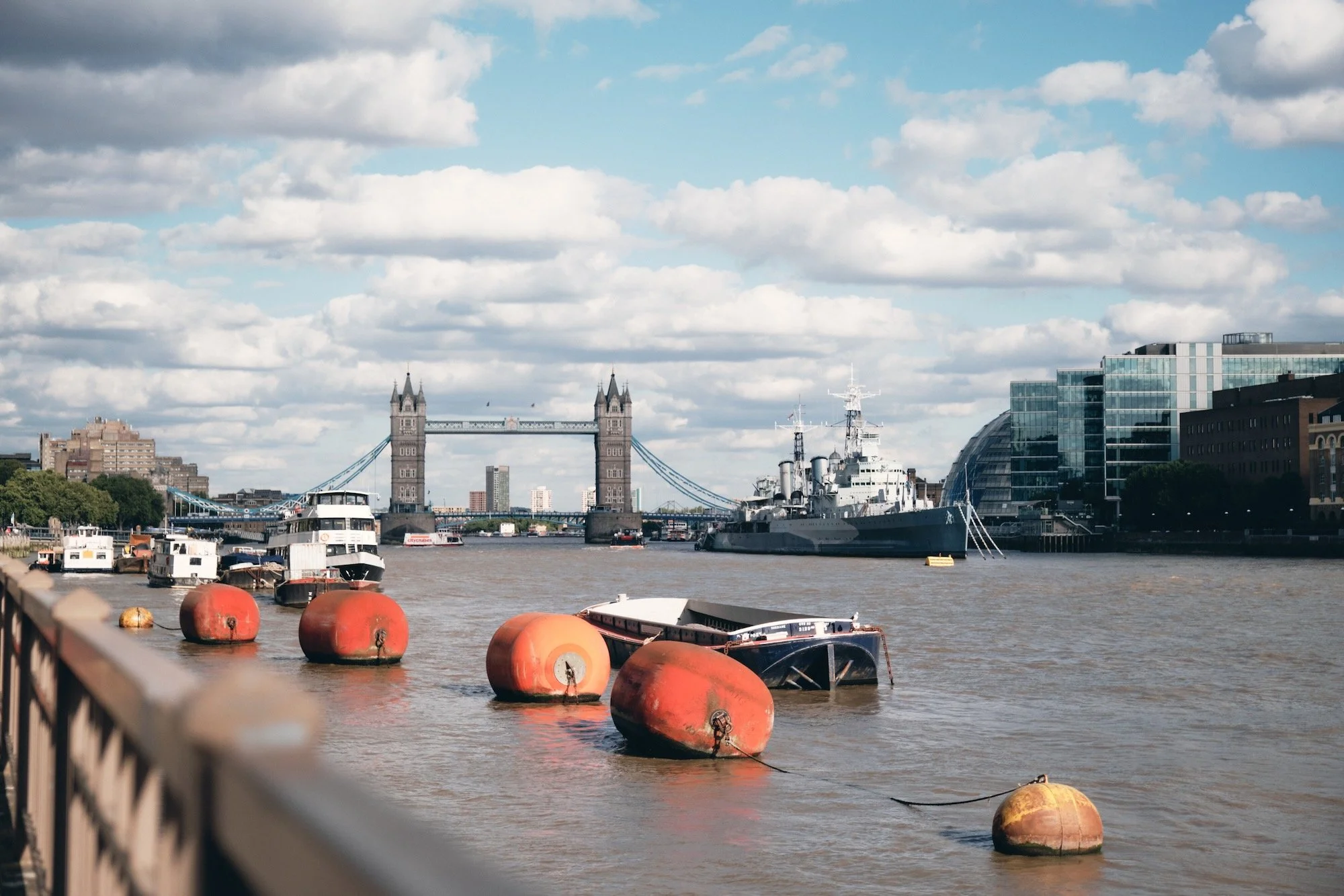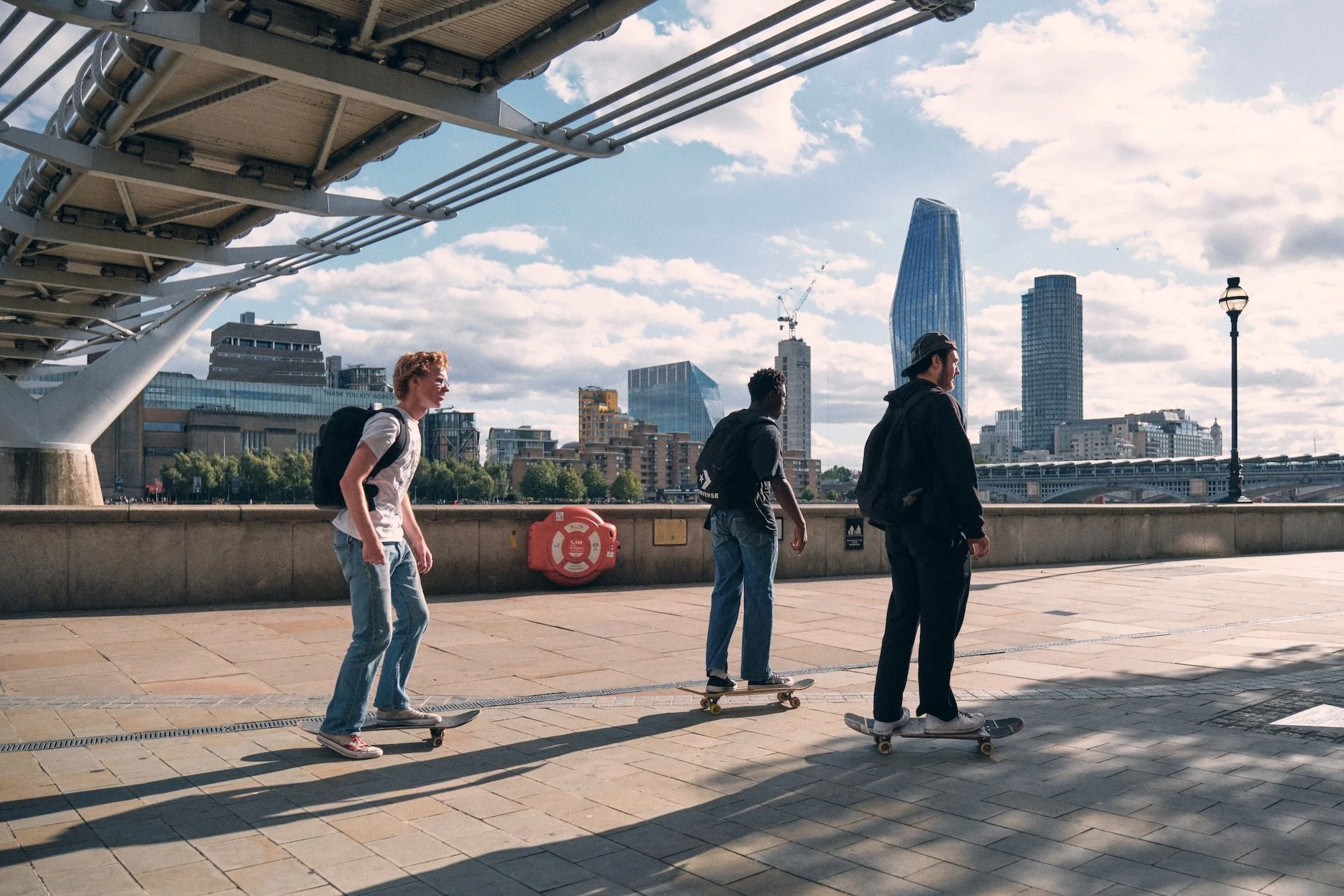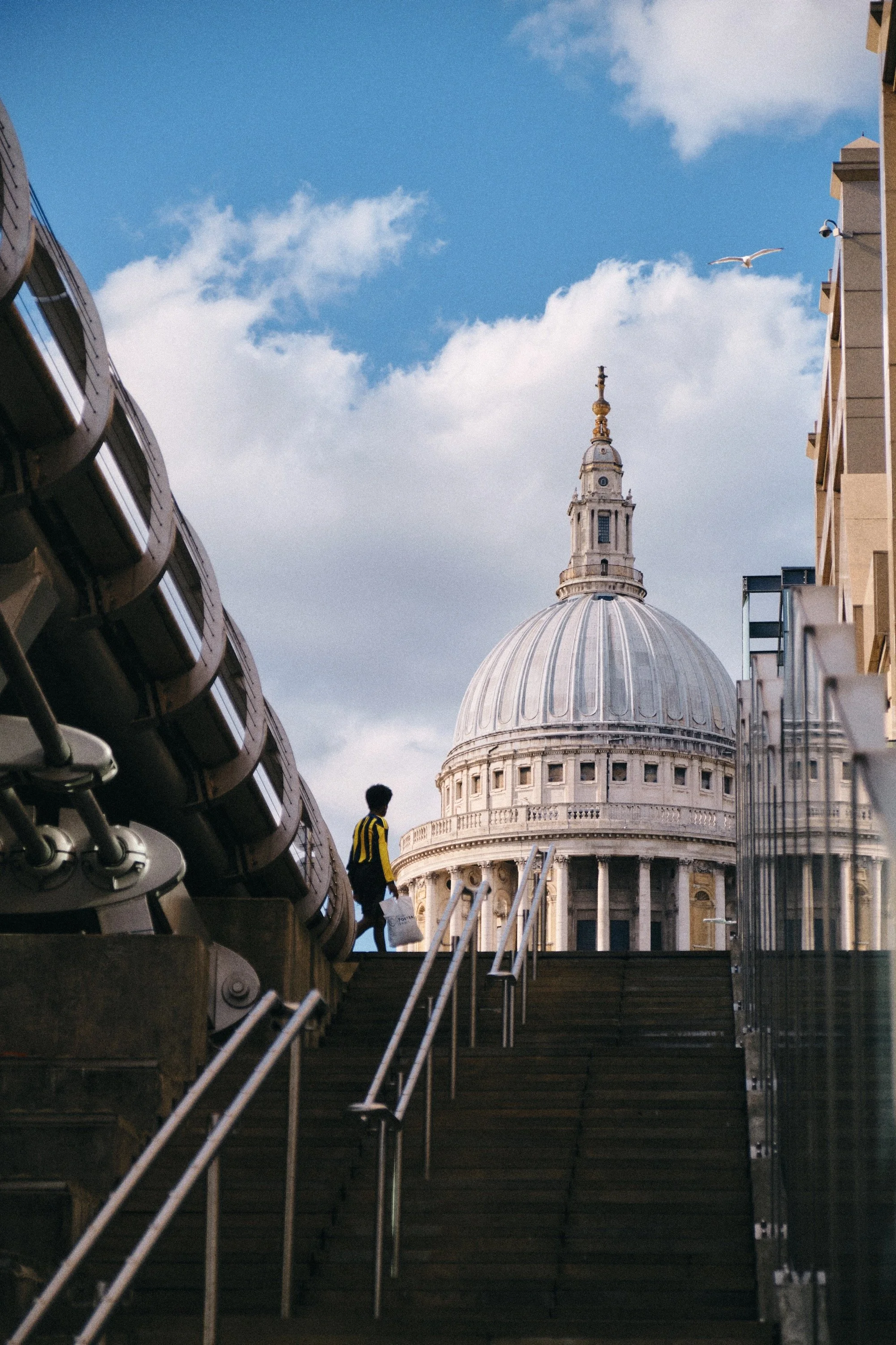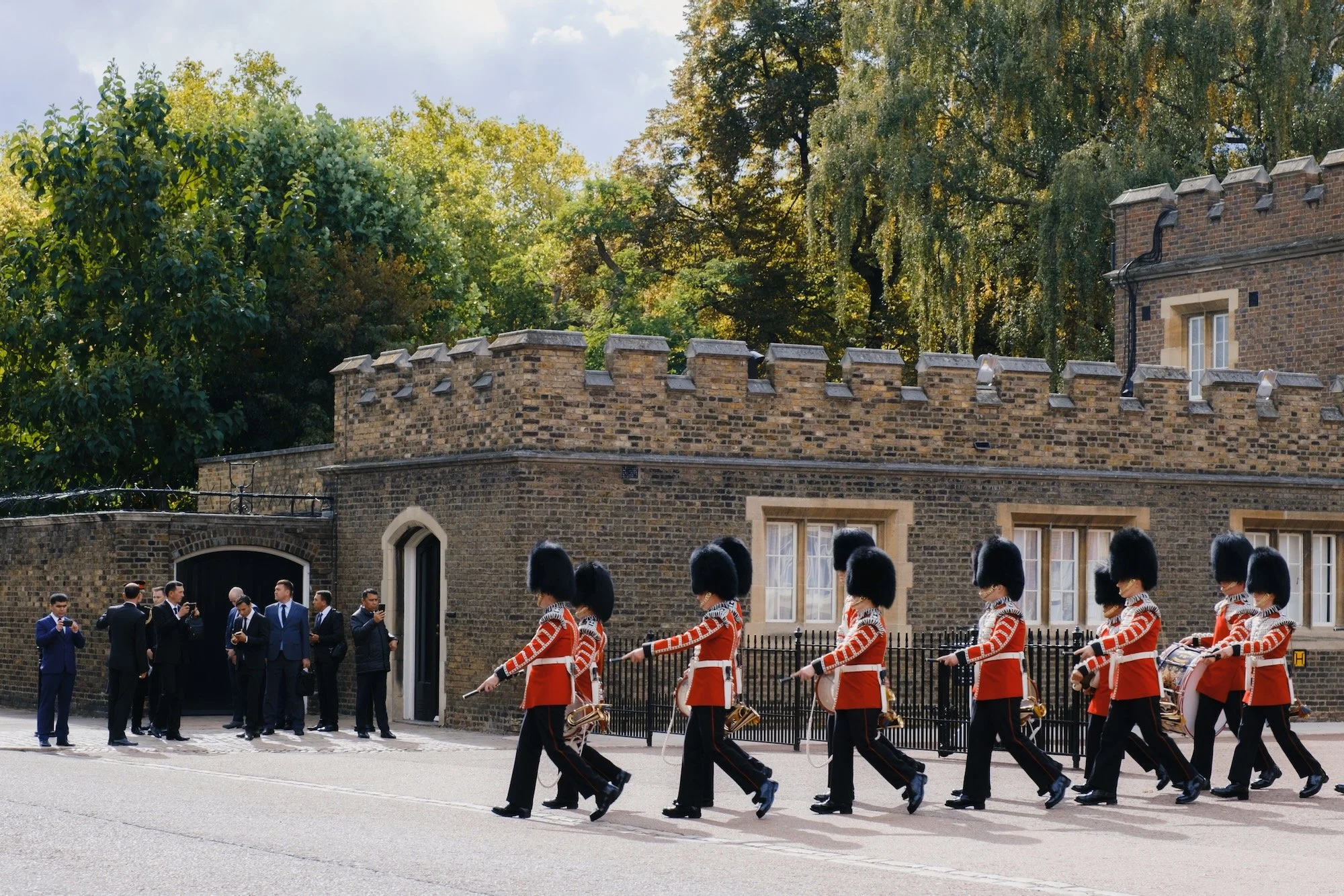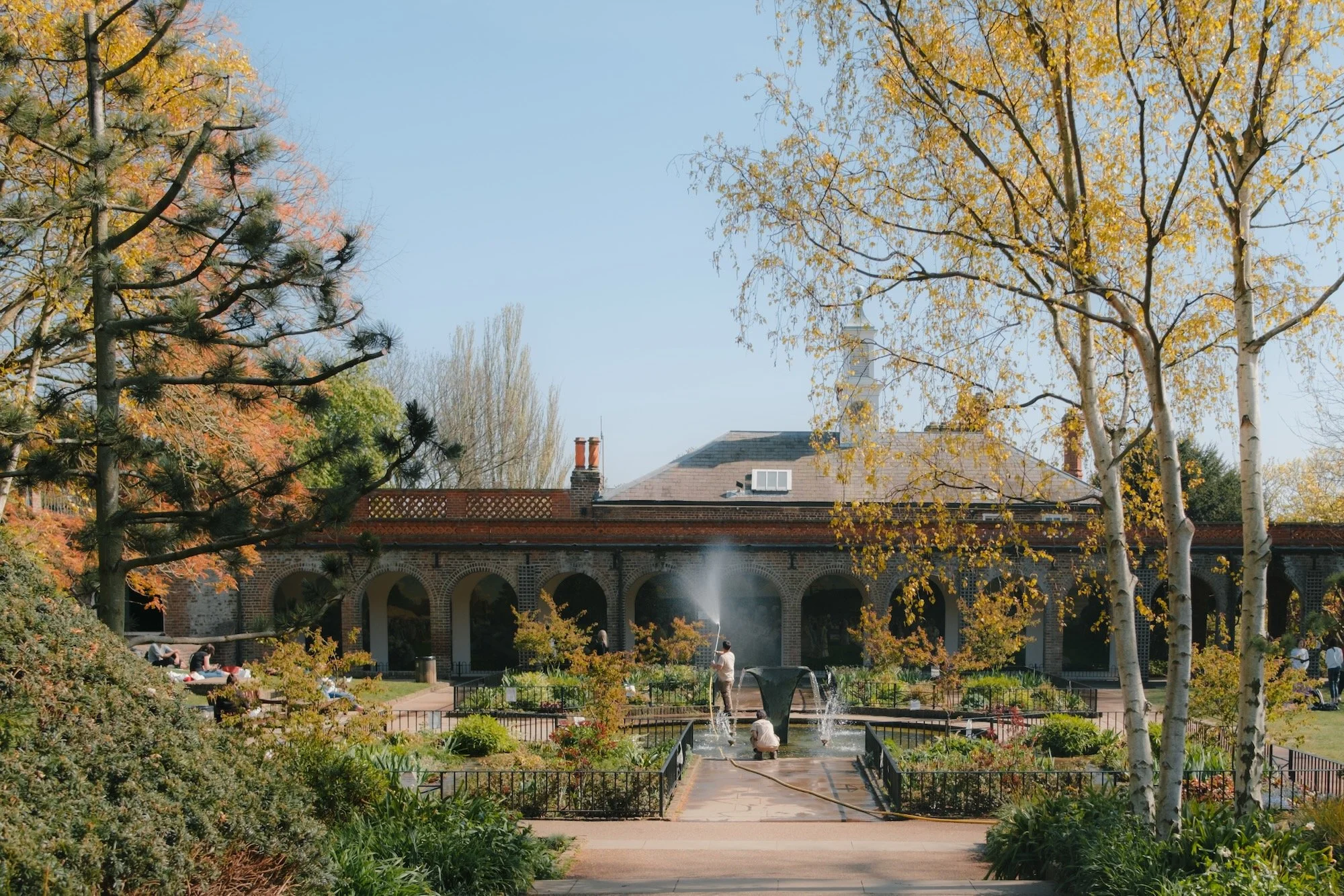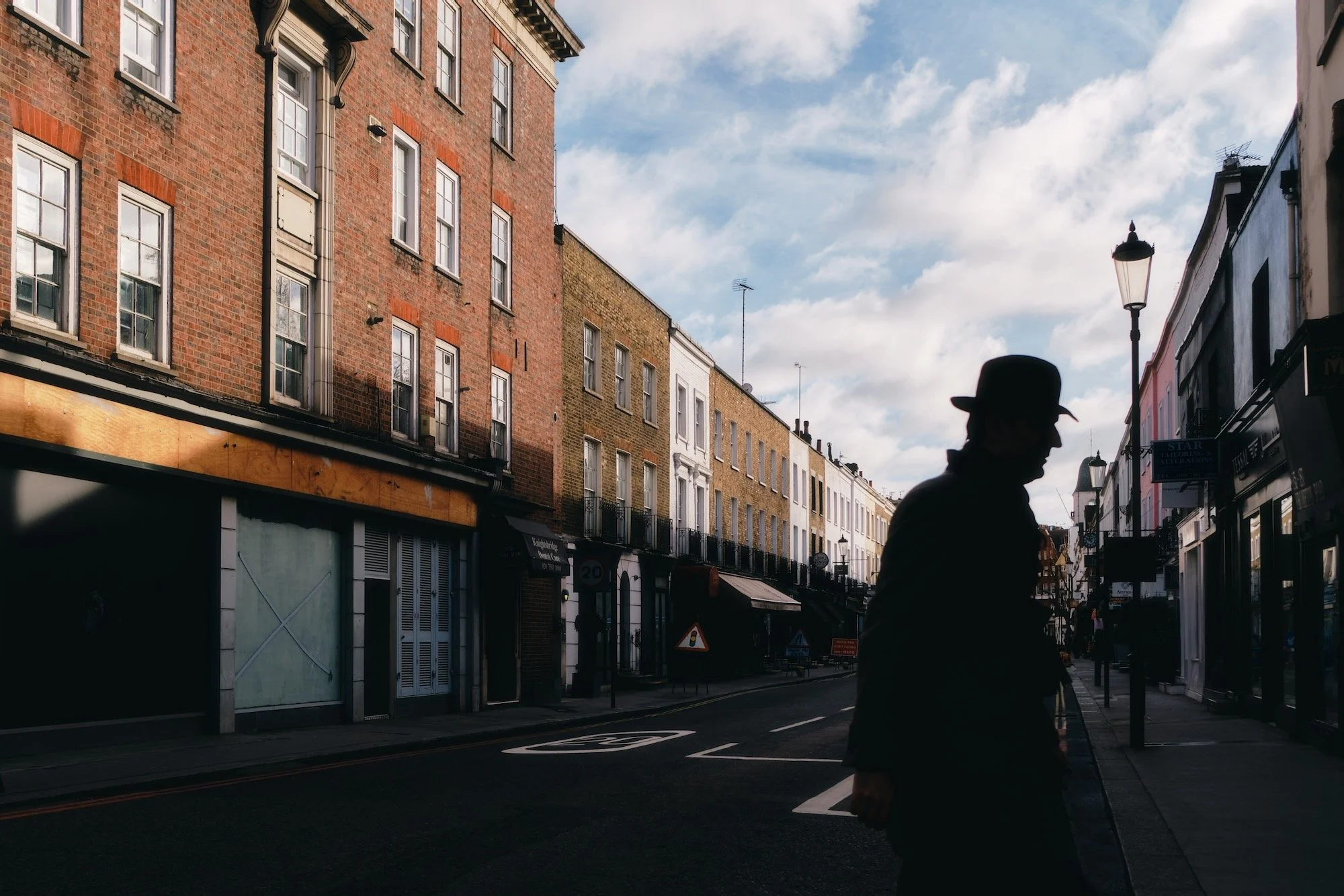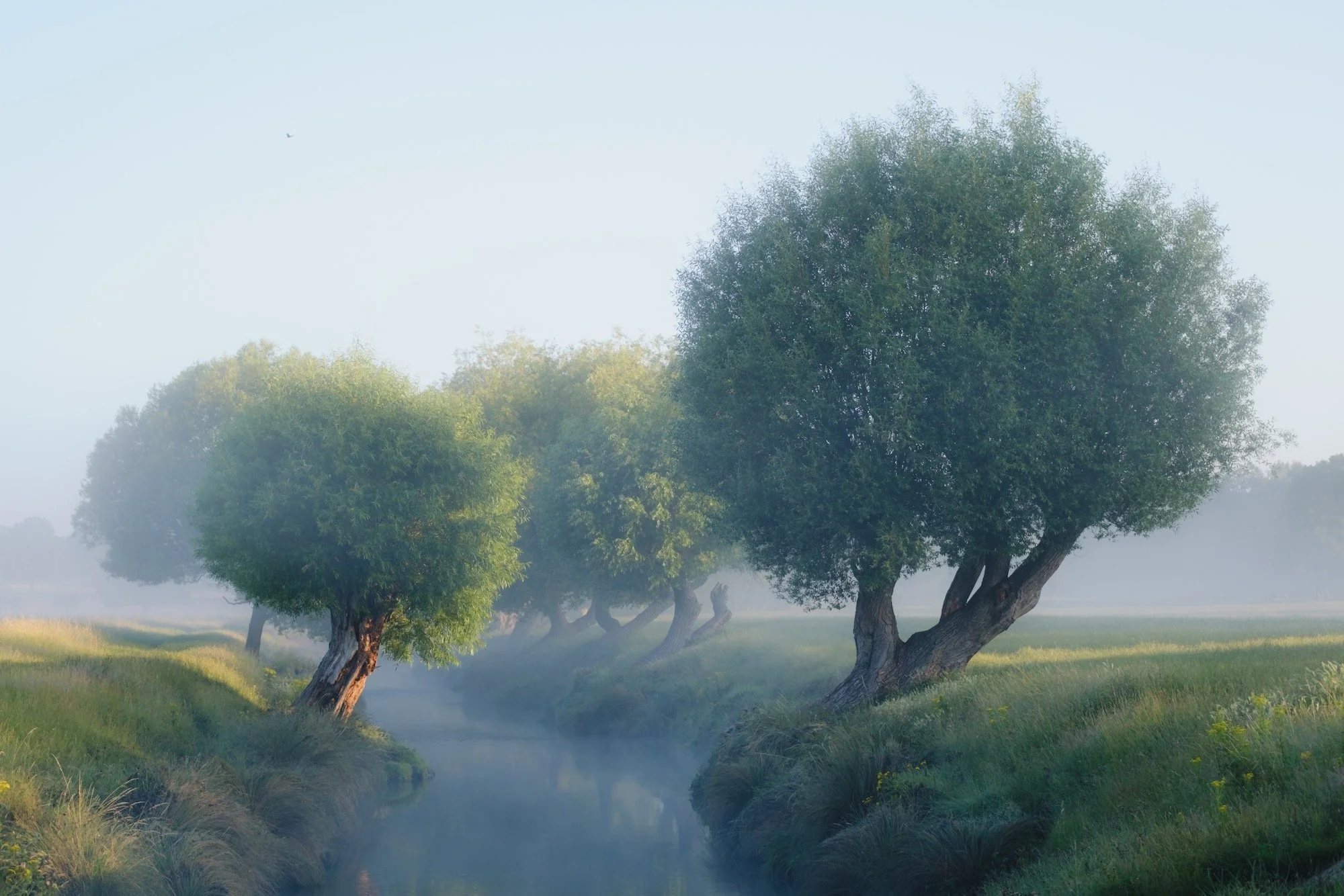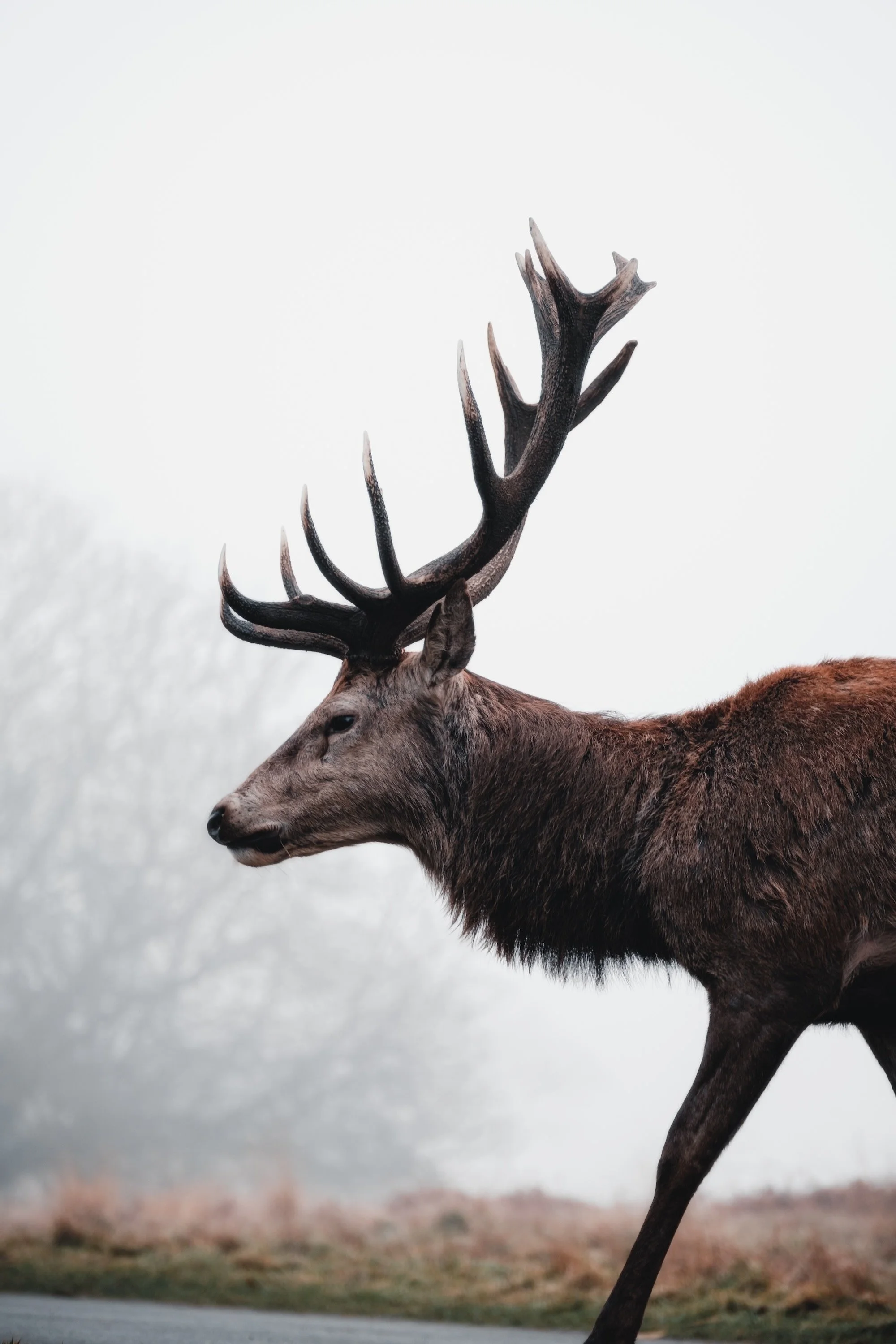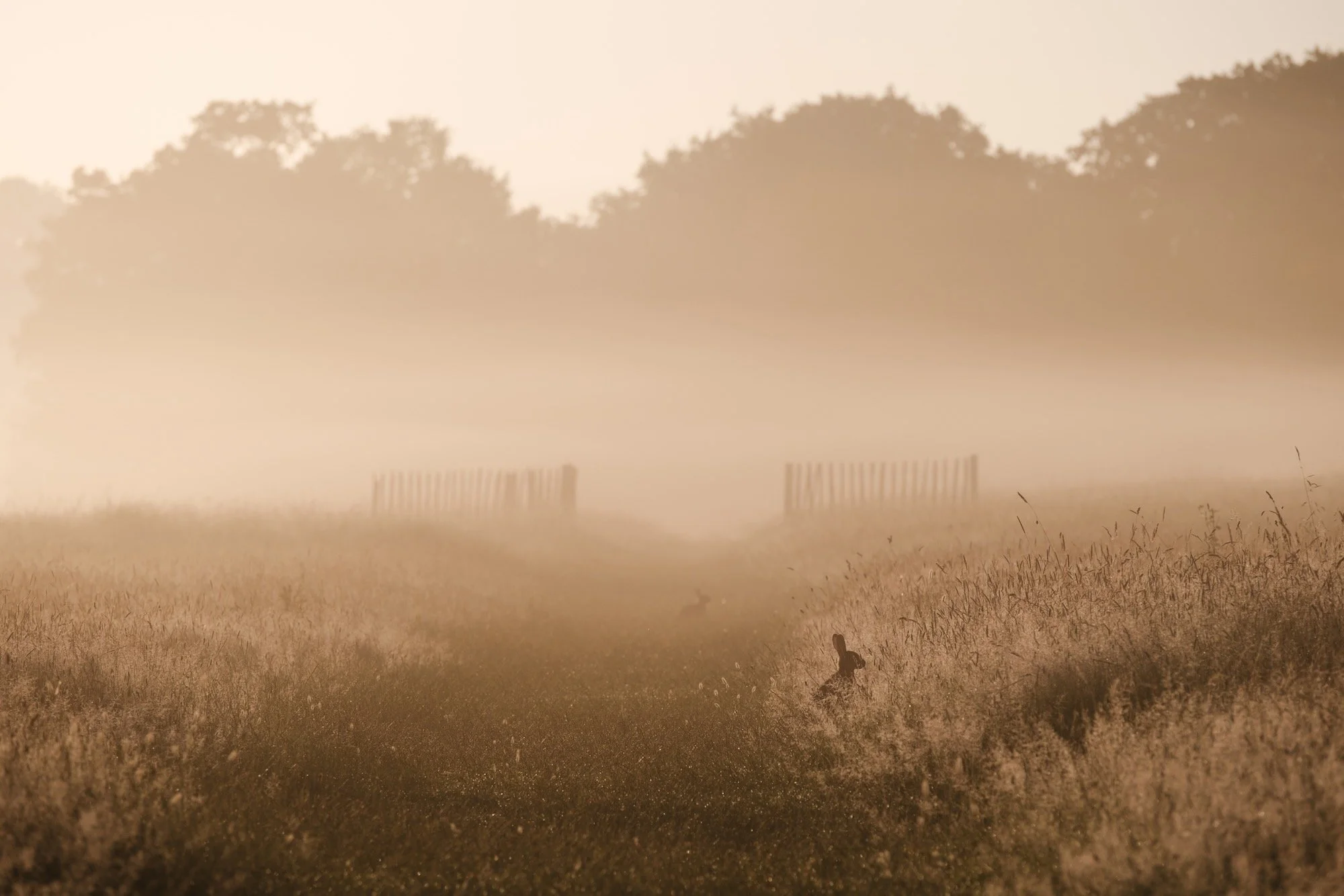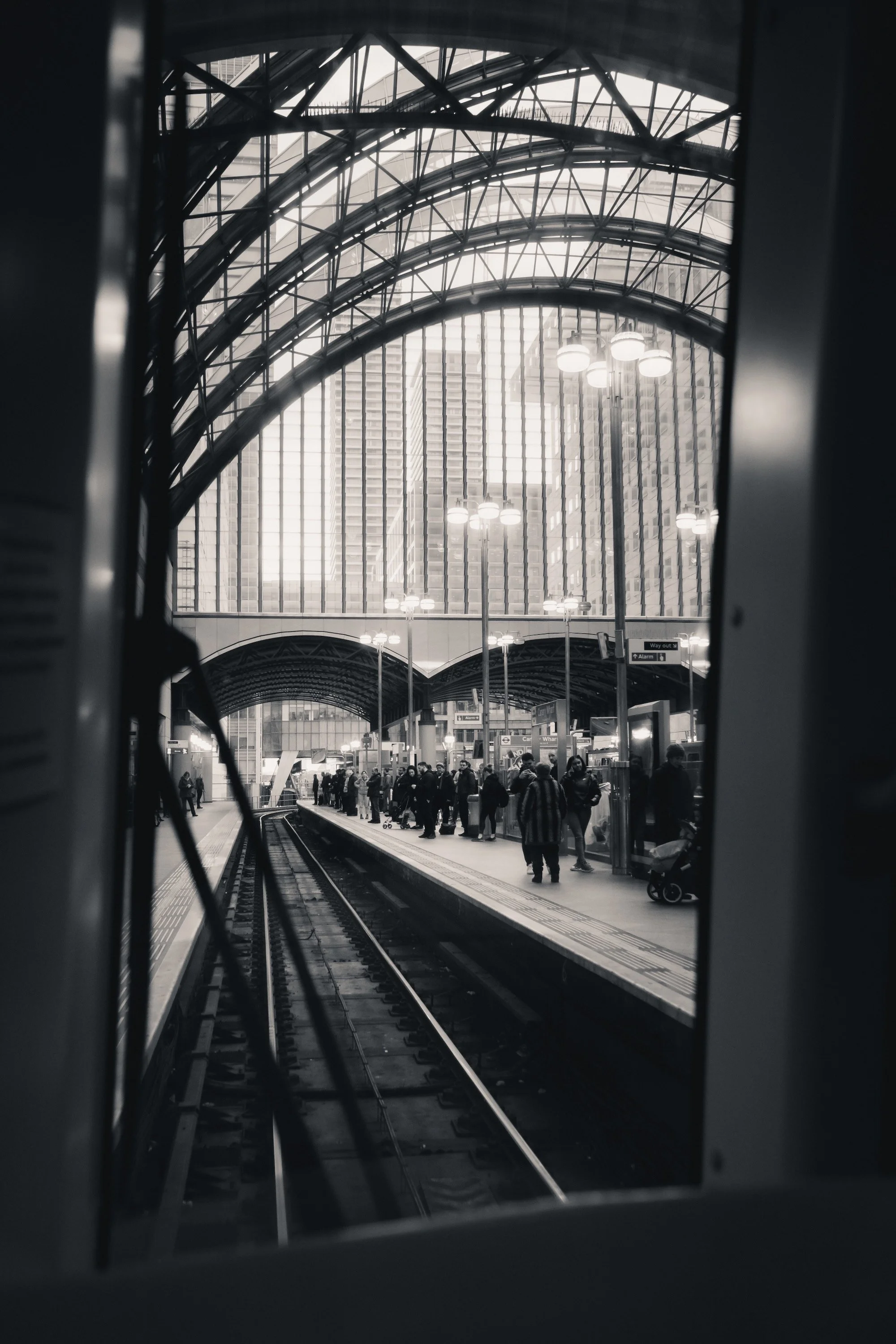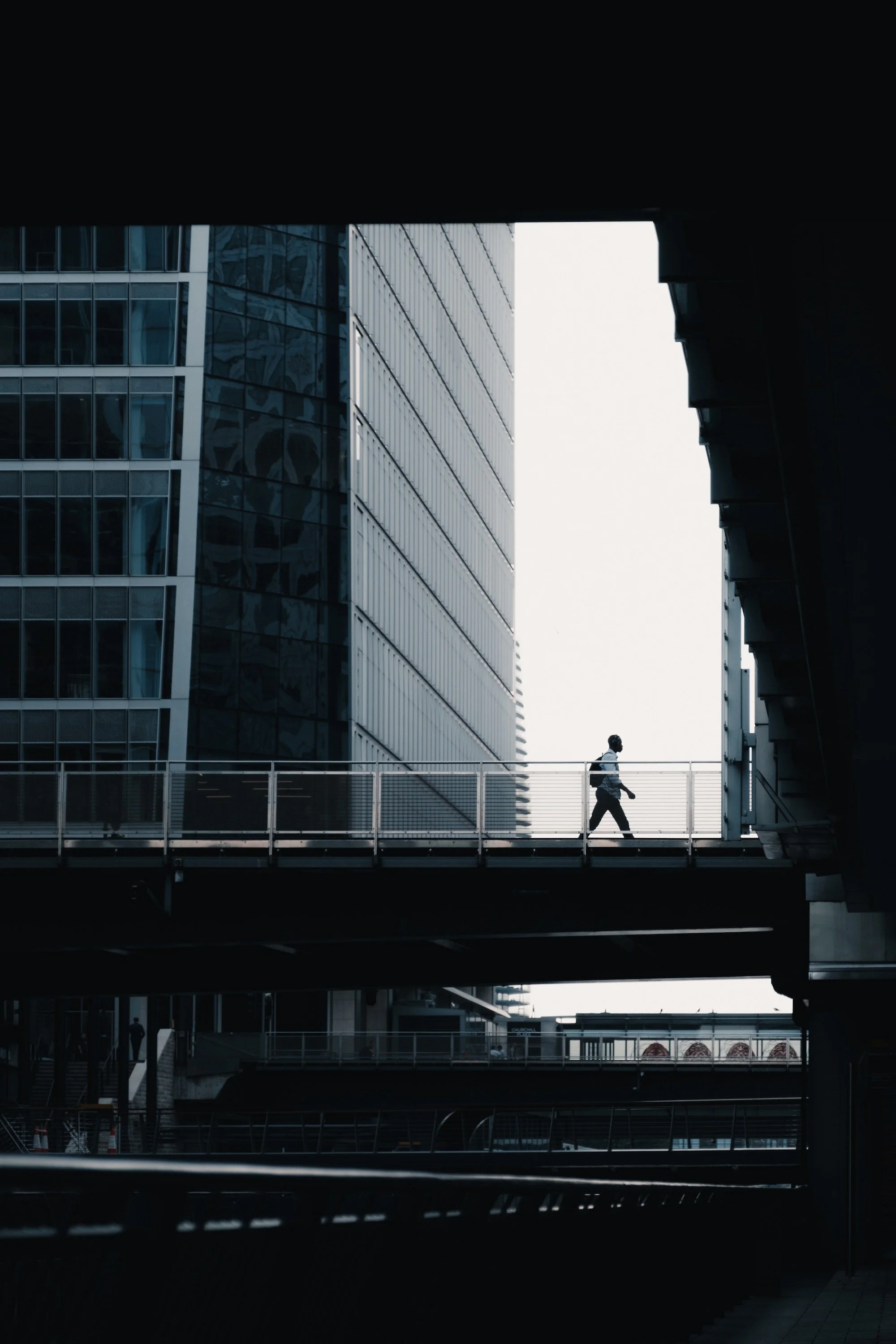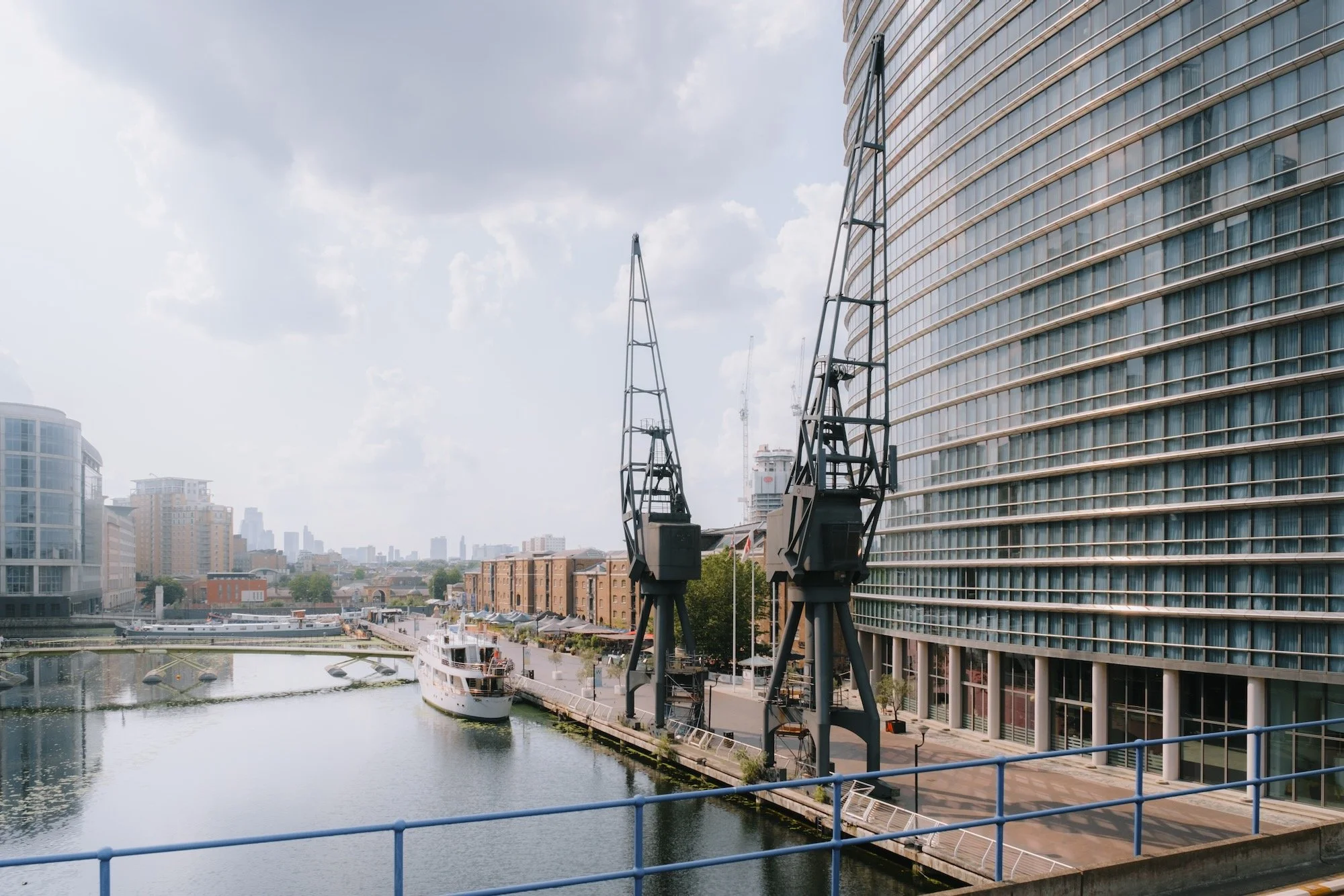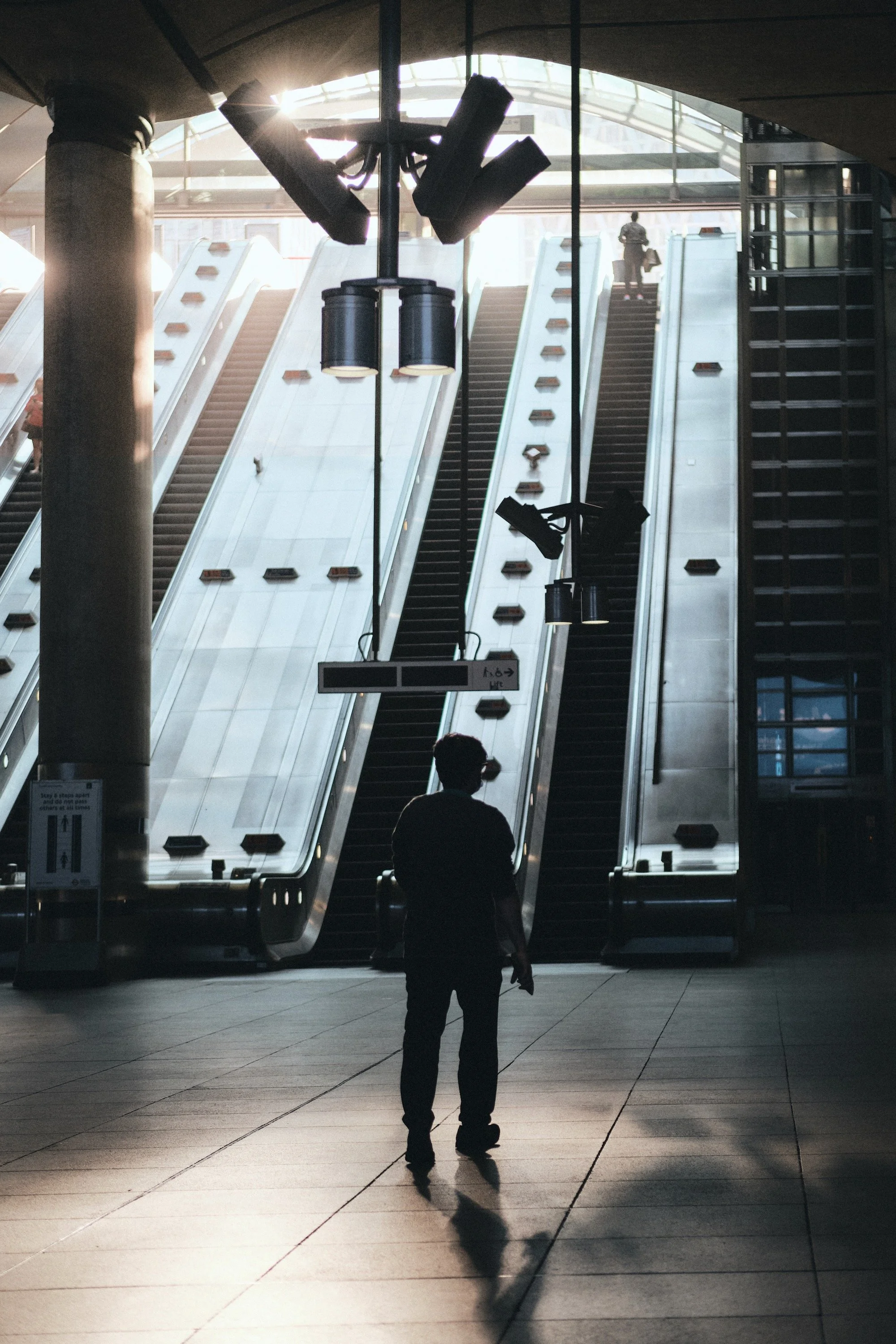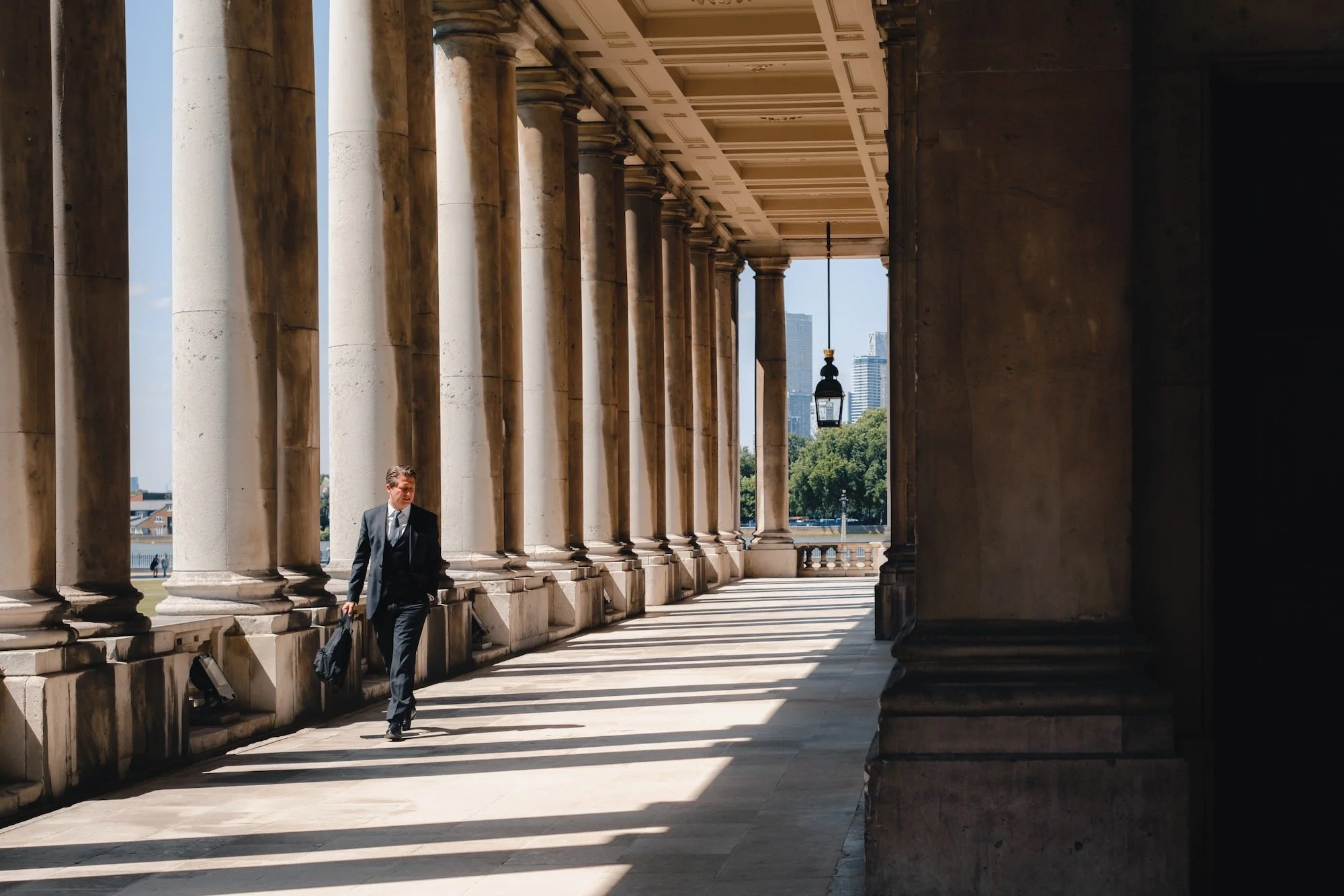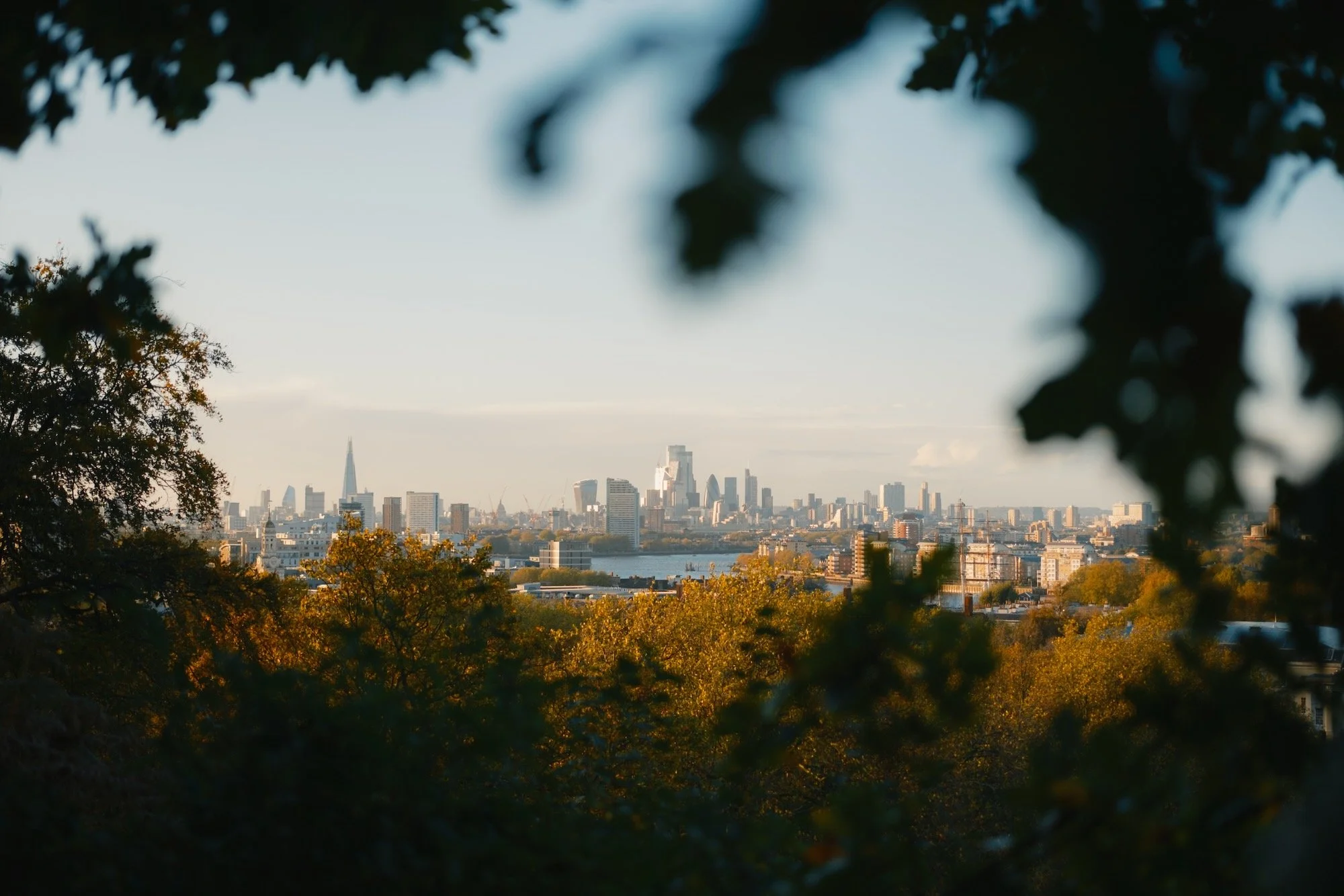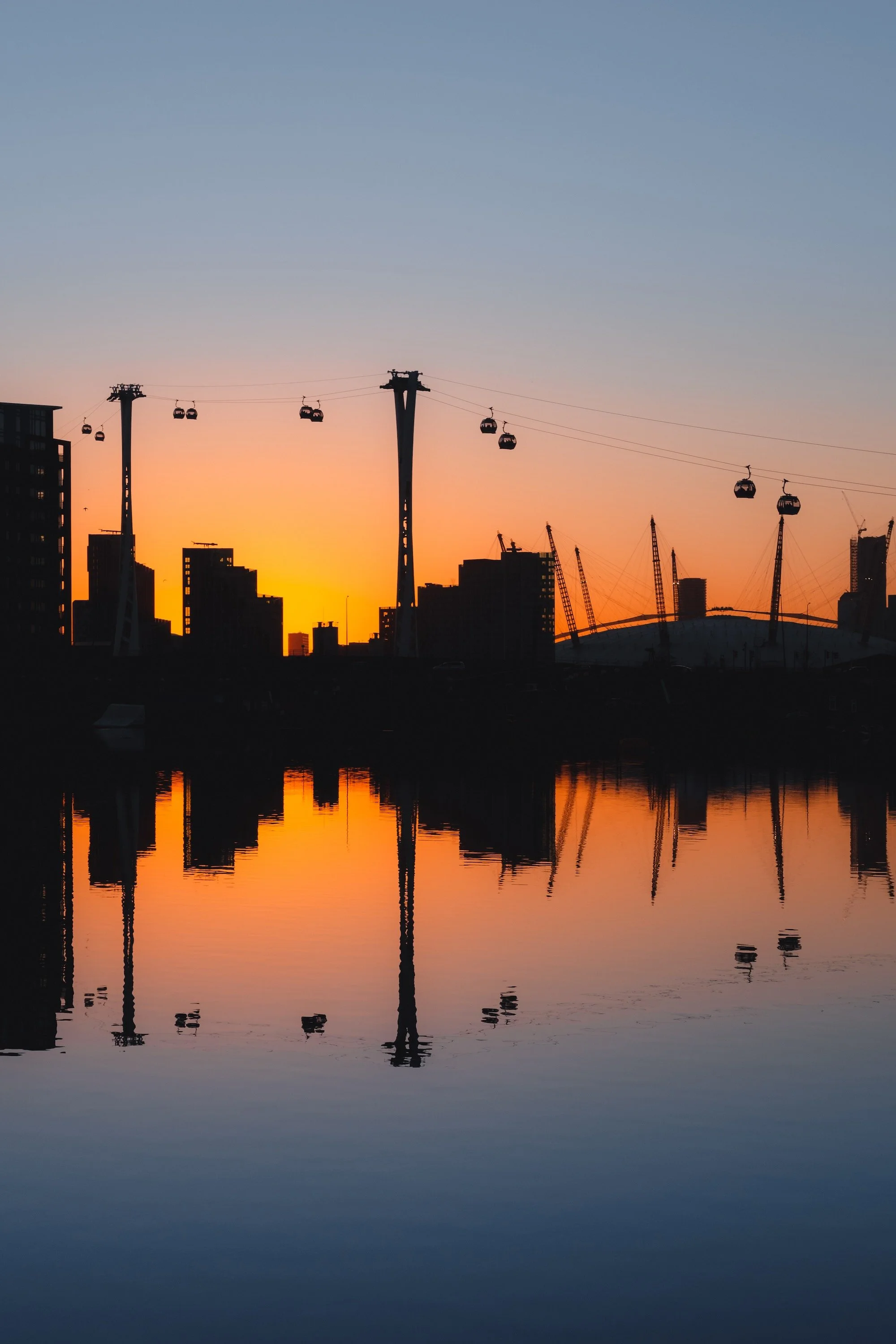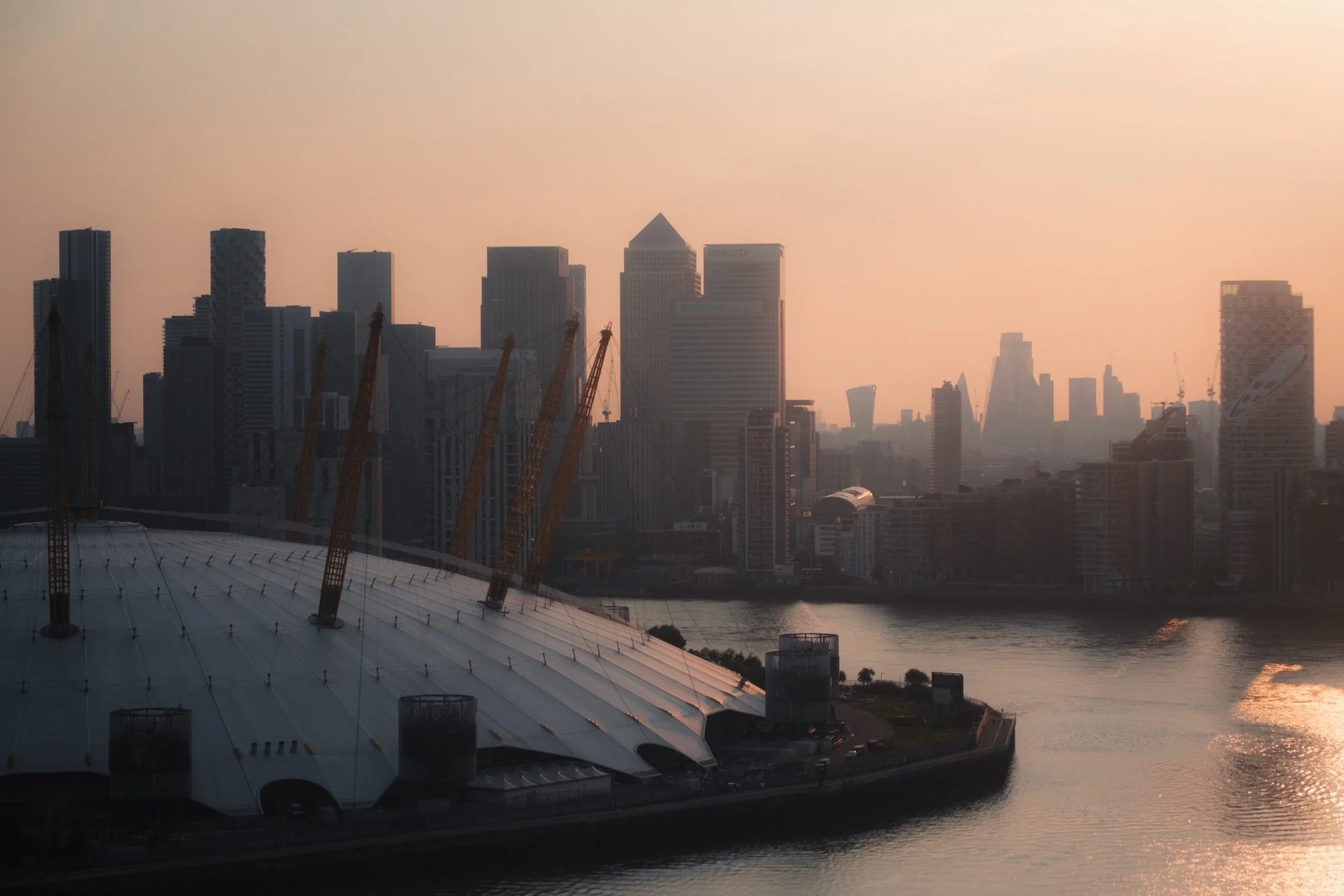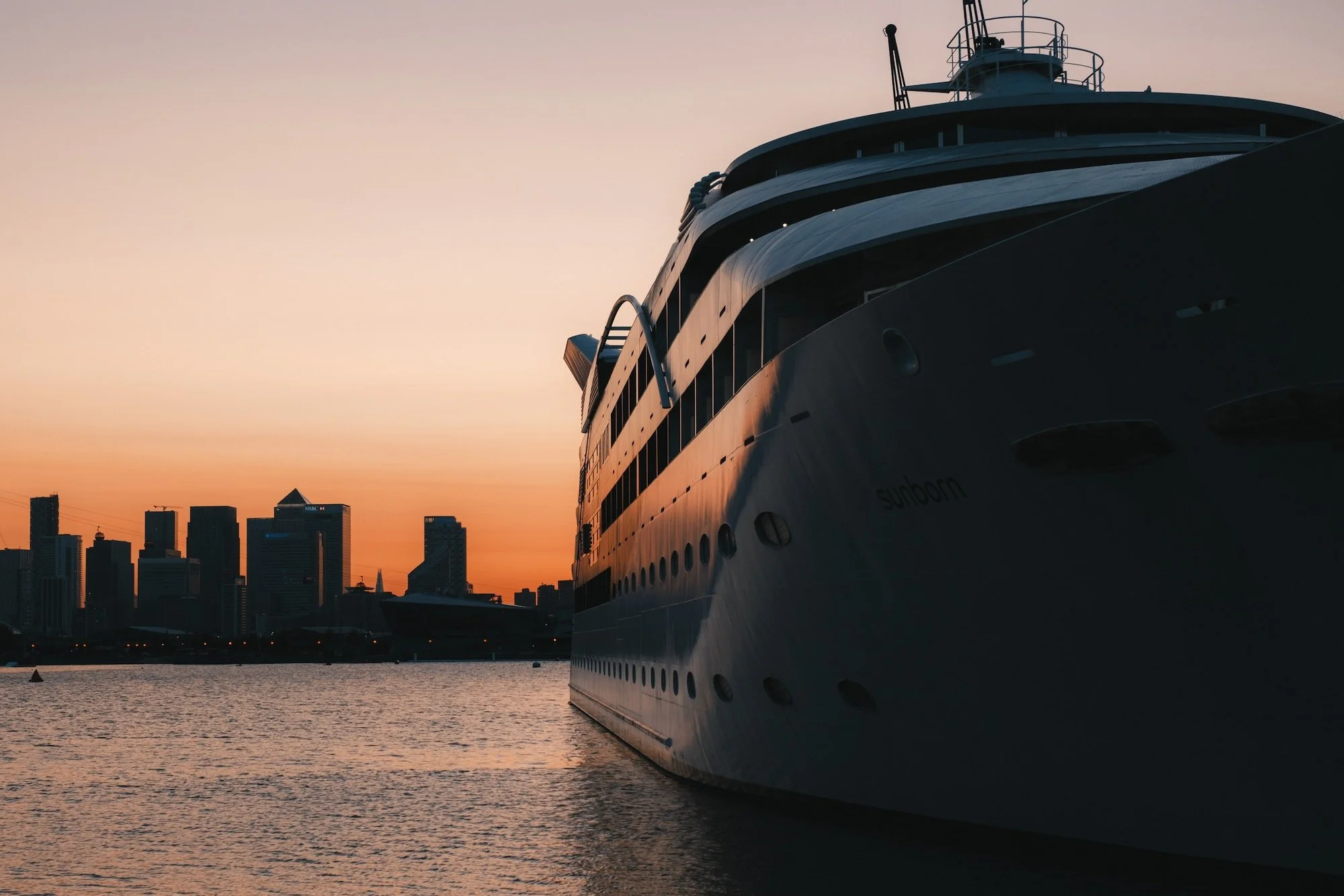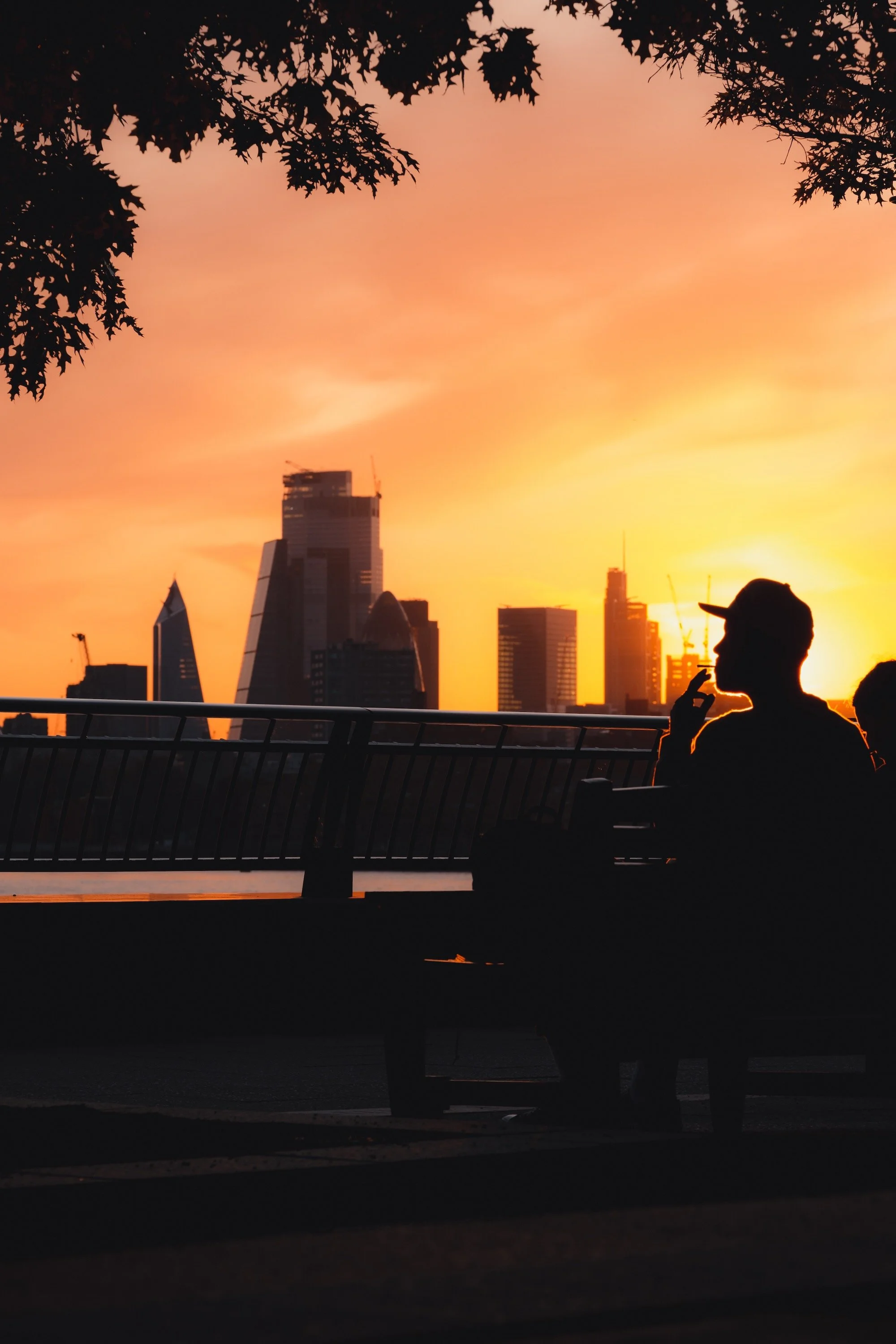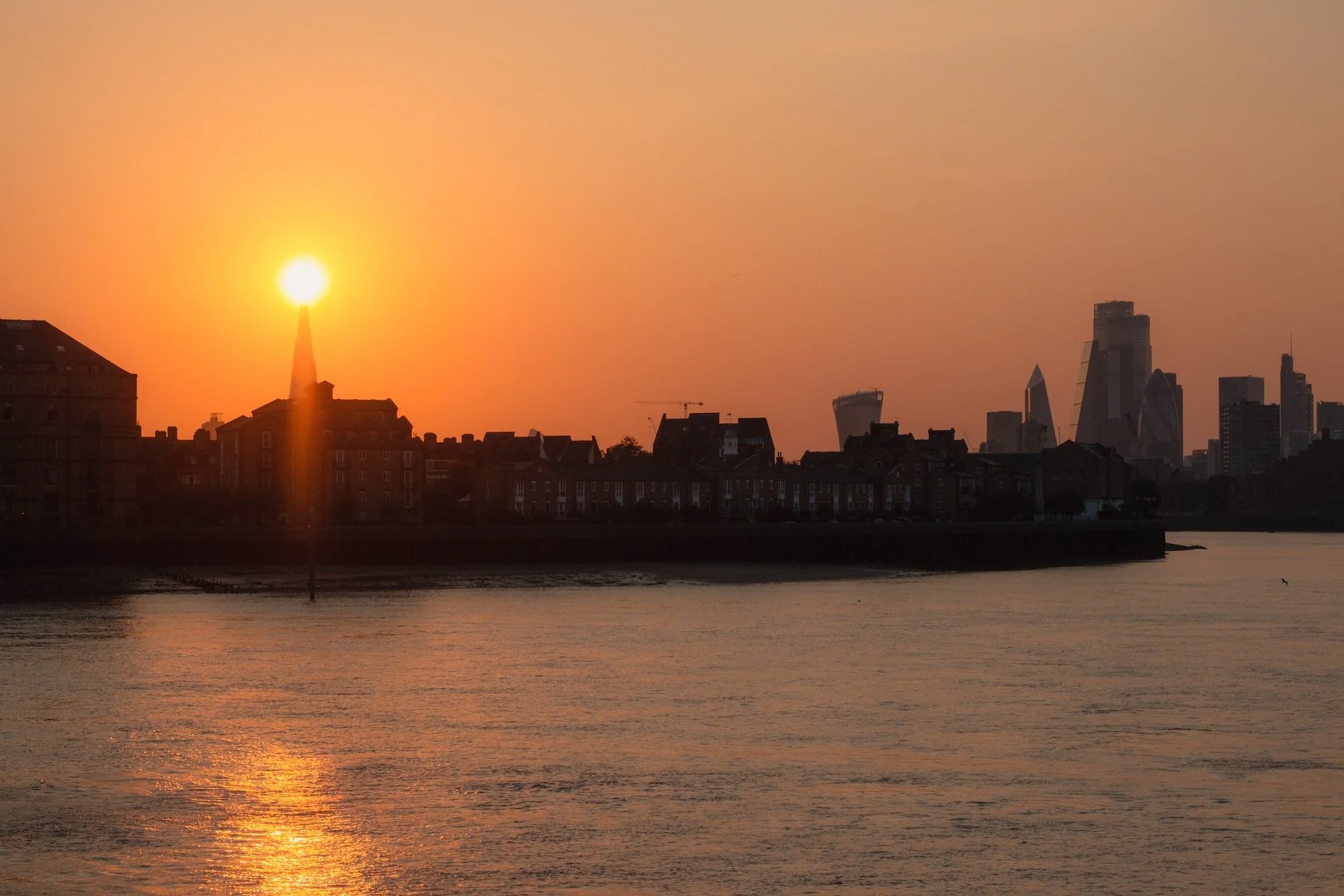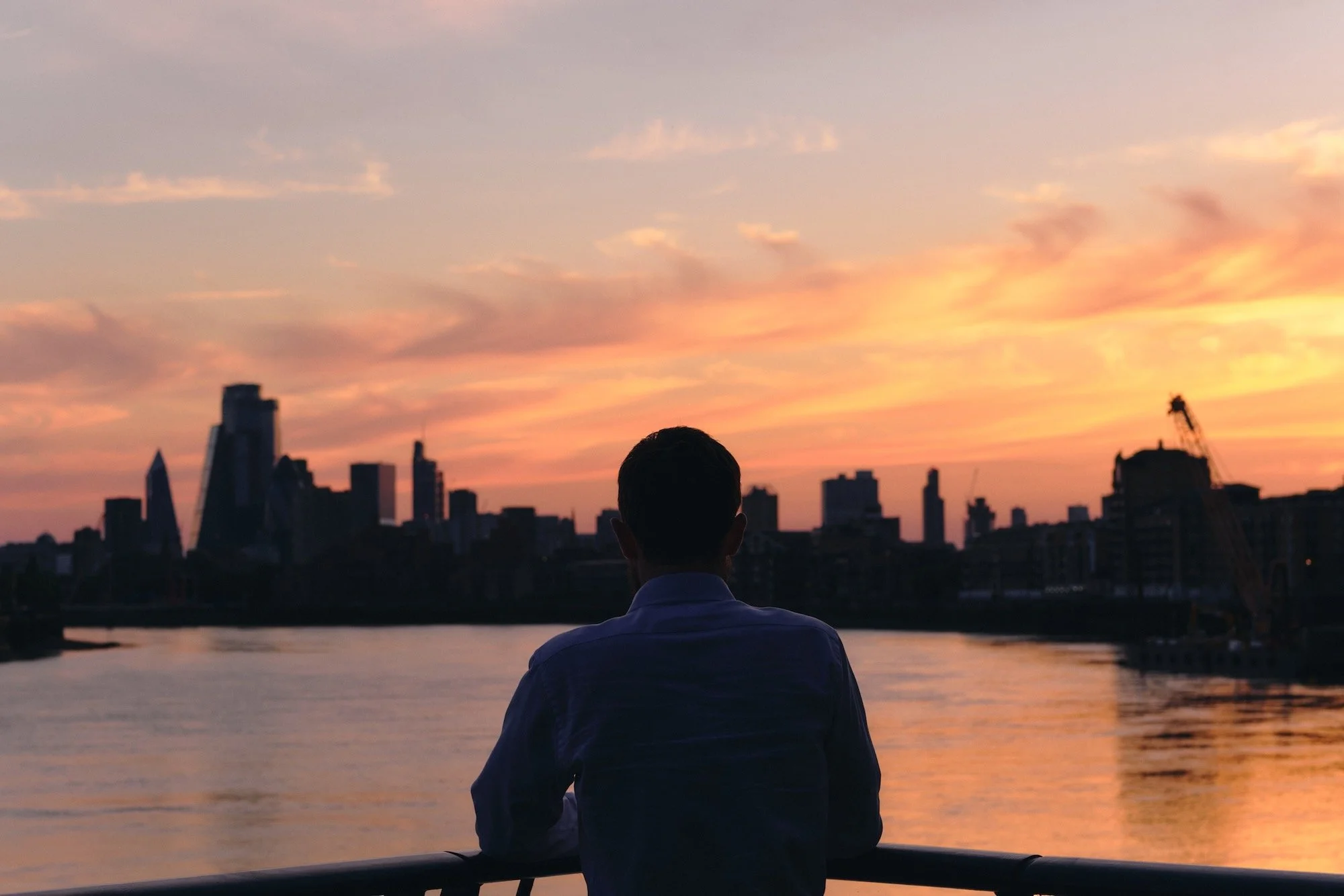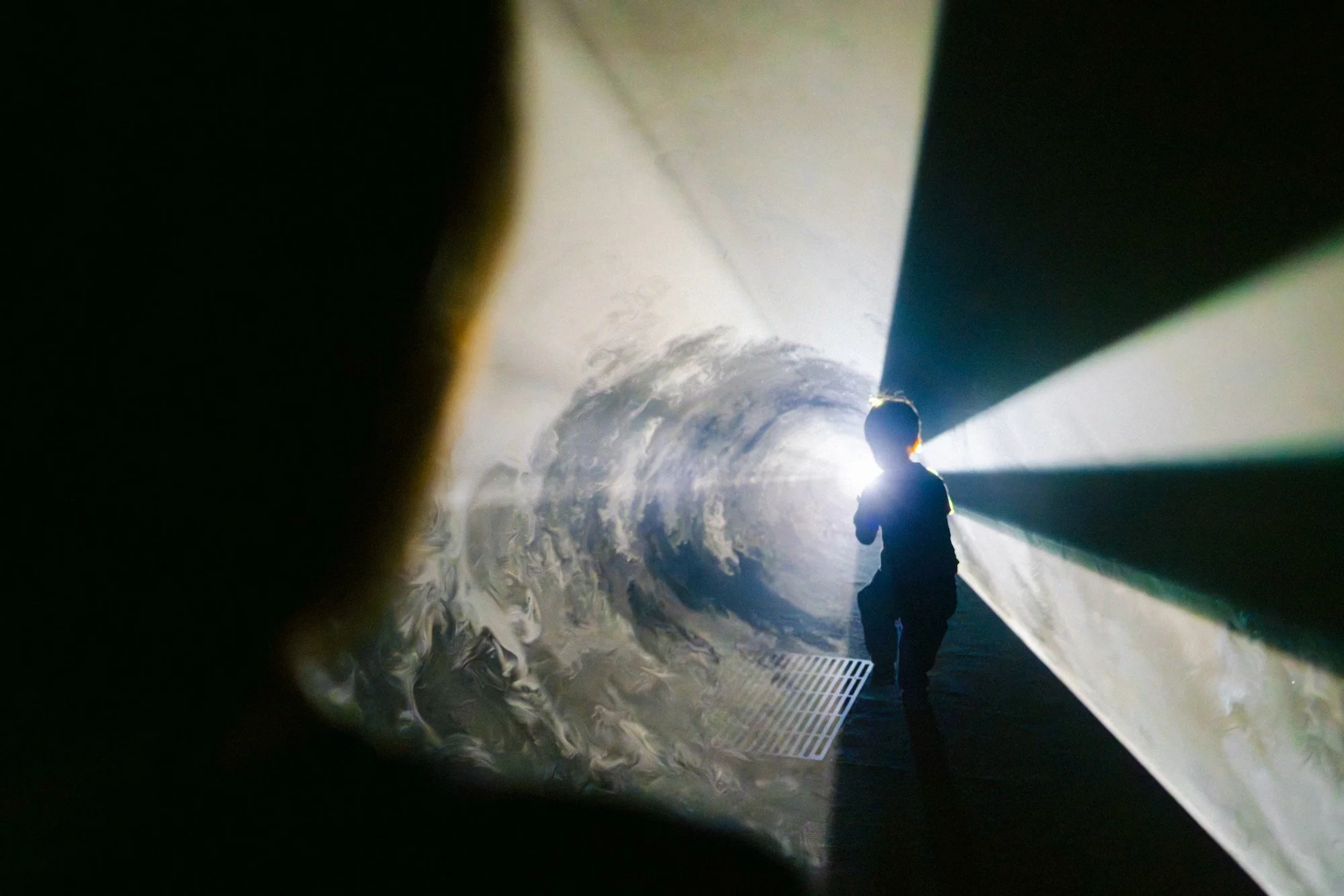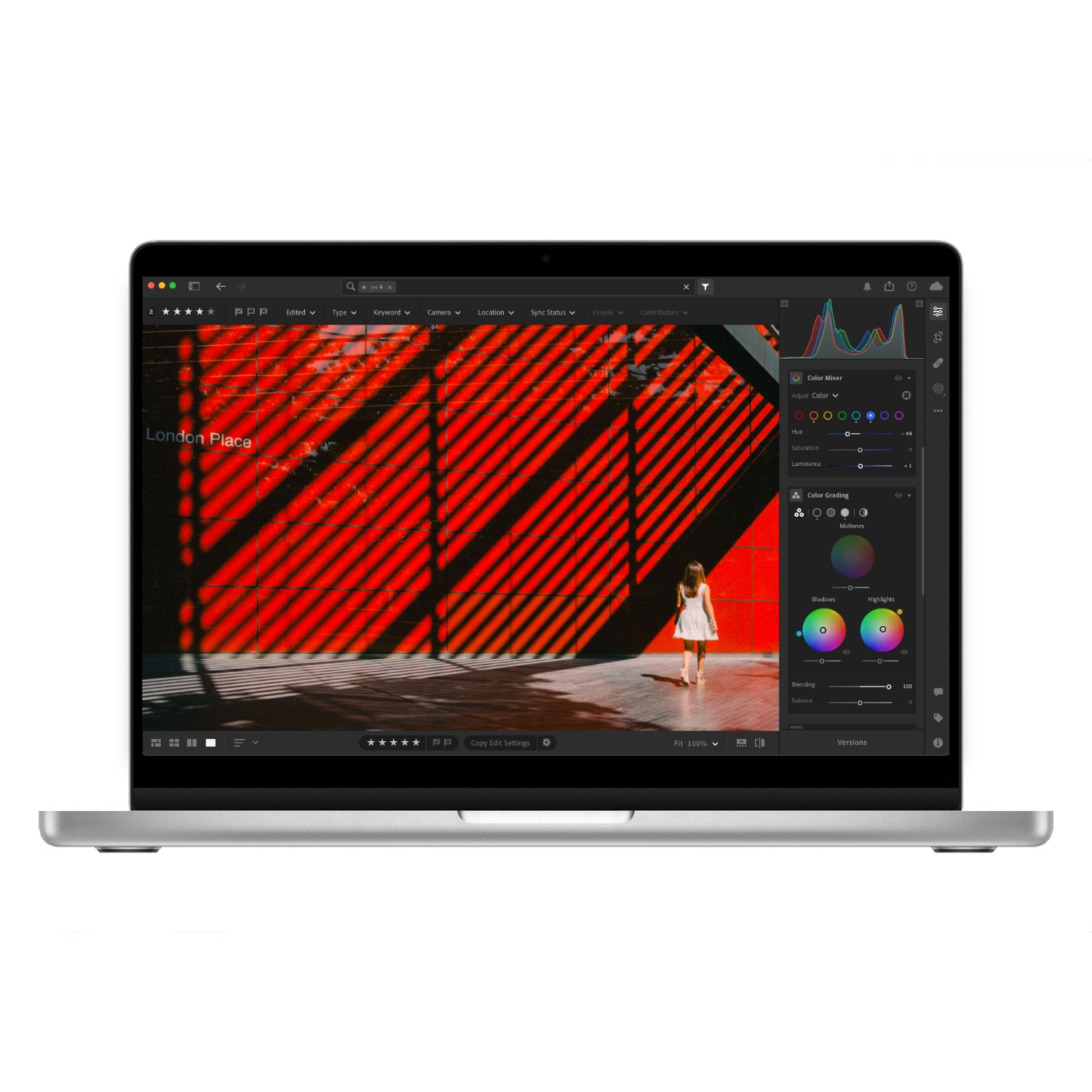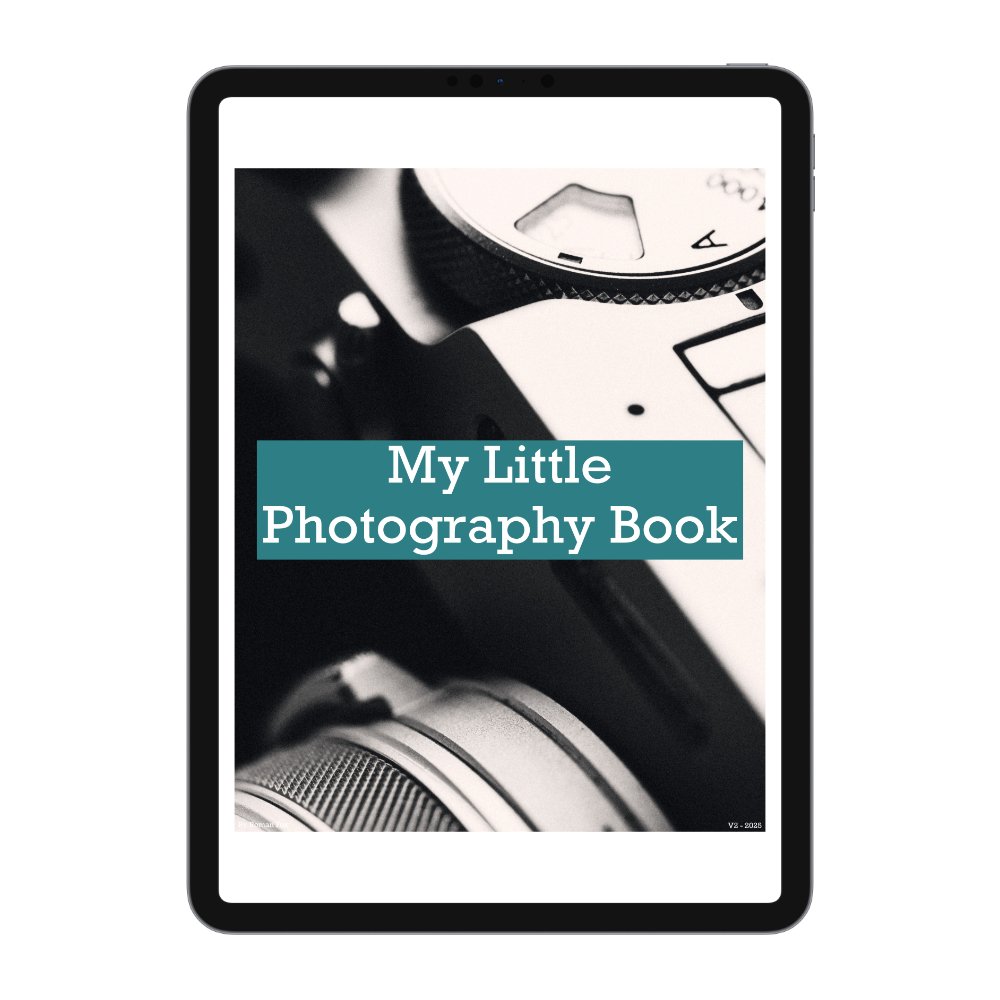Summer Week In London - Photography Travel Guide (UK)
London is undoubtedly one of the best European city breaks, especially for those who love photography. The huge variety of locations, aesthetics, weather, and subjects means an endless supply of photo opportunities and a thoroughly good weekend away. In this blog, I will share what I believe is the perfect week-long travel plan for London in the summer, and while this article is aimed at photographers, it’s equally applicable to regular tourists too. Everything I share is based on a lifetime of living and shooting in this great city.
Best Time To Visit
London is great all year round; however, depending on what you want to get out of it, I might suggest skipping certain seasons. In the summer, there’s much more to see/do, and that’s when the city really comes to life. If you prefer to be outside as much as possible, I suggest visiting in May, June, or September. You get good weather, fewer tourists, and amazing light. July and August are fine, just expect higher prices and bigger crowds.
Where To Stay
This really depends on which part of the city you want to focus on; however, given this is a short break, I would suggest being as central as possible to avoid wasting time commuting. I would recommend staying somewhere near Covent Garden if you prefer the more chaotic West End, or somewhere near Bank if you prefer a cleaner, more business-like aesthetic. Not sure? Then stay in Temple to be right between these two contrasting parts of London.
Weather
While there is the stigma around grey, rainy days, the truth is that the weather is very varied and at times unpredictable. I am writing this in July. Yesterday it was 35°C with blistering sunshine, and I’m pretty sure I got heatstroke. Today it’s a wet and windy 22°C. Tomorrow it will barely be above 15°C. Next week, back to 27°C. Always pack for every occasion and bring an umbrella.
Safety
There are a lot of concerns around safety in London at the moment, especially with the rise in phone snatching. While this is true, I feel it’s slightly blown up on social media. In general, London is pretty safe in the central areas. I’ve never had a single issue despite living here most of my adult life, and being out shooting at least two times a week. With that said, there have been times when I crossed the road or put my camera away to be on the safe side. Of course, use common sense — don’t walk around with your phone out, don’t leave your bag unattended or out of sight, and always use a solid camera strap. Your gut feeling is important, and if you feel something is off, then take action. 99% of thefts can be avoided by using common sense and paying attention to your surroundings. With that said, I would avoid the East End at night. I would also exercise caution around Soho during the later hours when there are many drunk people about.
Attitude to Photography
Attitude to photography is very relaxed here. Photography is a widely accepted hobby, and in almost all public locations, you won’t face any issues. Like with all photography, learn how to read the room and sense if people are comfortable with your presence or not. It’s worth noting that some public areas are in fact privately owned — for example, Canary Wharf. This means that even though they look like normal public areas, they will have private security patrolling them. Sometimes they might ask you why you’re taking photos; however, very rarely would they ask you to stop.
Camera Gear
A 24-70mm zoom is all you need in London, and it will cover every possible scenario. If you prefer primes, I think a 35mm is a perfect focal length for this city. 50mm can also be great if you prefer a tighter focus on your subjects instead of bigger scenes.
London Photography Guide
If you’re finding this blog useful and want more detailed information such as exact locations and a deeper dive into each area, may I suggest checking out my in-depth London Photography Guide. Over 160 pages of everything you need to know about shooting in this city. It’s also a live guide, meaning you will get free updates for life.
Day 1
The first day will focus on the West End. Characters, gritty streets, fantastic light, and plenty of details to shoot. The list below is in no specific order, and you can reorder it depending on your schedule, preferences, location, and weather. The more of these you can hit, the better. Furthermore, the list below isn’t exhaustive, nor is everything a must. This covers the main spots in this area; however, you will find many more by simply walking around.
• Covent Garden
• Chinatown
• Soho
• British Museum
• Trafalgar Square
• Piccadilly Circus
• St James’s Park
• National Gallery
• Bond Street
• Oxford Street
• St James’s
• Regent Street
• Jermyn Street
• City of Westminster
Day 2
The second day will focus on the City and the East End. These two are polar opposites of each other. The City is the financial and business part of London. Expect traditionally dressed people, timeless architecture, a clean aesthetic, amazing light, and plenty of opportunities for fine art-style photography.
• Bank
• Barbican
• St Paul’s
• One New Change
• Square Mile
• Throgmorton Street
• Liverpool Street Station
• Fenchurch Street
• Leadenhall Street
• Leadenhall Market
• Moorgate
• Broadgate
• Horizon 22
• Garden at 120
• Sky Garden
The East End is gritty, dirty, messy, and full of characters. I personally don’t shoot much in the East End as it’s not my cup of tea; however, if you’re visiting for the first time, it’s worth popping in just to see some of these areas. During the day I’ve never had any issues in the East End; however, I would probably avoid it at night. Here are a few spots I’d check out:
• Old Street
• Shoreditch
• Spitalfields
• Brick Lane
Day 3
I hope you like walking because Day 3 will involve a lot of it. So far you’ve been going to different locations and ticking off areas. Now, you will go for a long walk along the river and see the sights of London slowly change in front of you. In total, expect to walk for 5–8 hours and cover at least 10–15 miles. If this is too far for you, then you can easily cut it down to any length you wish.
We will start in Battersea, where you can get a coffee at the power station, visit the park if you wish, and proceed to head east along the south side of the river. On your way, you will walk past Vauxhall, Waterloo, Southbank, Tate Modern, Bankside, London Bridge, More London, and eventually arrive at Shad Thames just past Tower Bridge. There are plenty of things to see, do, eat, and drink along the way. Shad Thames also offers some stunning views of Tower Bridge with the city behind it.
Cross over Tower Bridge and turn right into St Katharine Docks. This is a small yet cosy area of London full of boats and cafés. From there, head over towards the Tower of London and proceed to follow the Thames along the north side of the river heading west. This is a less touristy and more industrial walk that will eventually take you back towards Westminster. Of course, you can do this walk in any direction.
Day 4
On the 4th day, head into West London to explore the more fancy areas of town. I personally don’t spend much time in these spots, but from time to time it’s nice to visit and walk around. In no particular order:
• Knightsbridge
• Kensington Gardens / Hyde Park
• Kensington High Street
• South Kensington
• Holland Park
• Notting Hill
• Mayfair
• Belgravia
• Sloane Square
• Brompton
• Chelsea
• V&A Museum
Day 5
On Day 5 we will venture out of the city centre and go somewhere with a slower and more relaxing pace. Take the Tube to Richmond and head towards the river. You can walk along the river, grab some food and relax before heading into Richmond Park.
Richmond Park is the biggest park in London, full of wildlife. It’s so big, in fact, that in places with dense vegetation you can totally forget that you’re in the capital. The park is full of deer, birds, rabbits, and I’m sure other animals I’m not aware of. Given you have the whole day, I suggest renting some bikes and going for a cycle around the park. Make sure to visit Pen Ponds and some of the botanical gardens.
Day 6
On the 6th day we will go east and explore two distinctly different locations. I suggest starting with Canary Wharf and going there using the DLR train that runs from Bank or Tower Gateway (near the Tower of London). The DLR runs outside, and if you manage to get the front seats, you get a great view and experience — especially as you arrive into Canary Wharf.
Canary Wharf is a privately owned business area and is almost a mini city of its own. Unlike the surrounding area, it’s incredibly safe there with plenty of security personnel. This also means that you might get stopped from time to time if using big camera gear. Unless you’re clearly shooting a commercial or taking photos of entrances/CCTV, they will leave you alone. Once there, I suggest simply walking around and exploring the whole area. Don’t forget to check out the Crossrail Roof Garden. By all means, go down to the river, but we will be coming back here later so it’s not a must. Head back to the DLR station and grab the next train to Greenwich.
Greenwich is a very historical area and one with quite a few things to see and do. You have the Maritime Museum, Cutty Sark, Greenwich Park, and of course the Royal Observatory.
Once you’re done here, grab a boat, taxi, or bus to North Greenwich. This is where you can take the cable car across the river for some amazing London views. Once on the other side, you can walk down towards the ExCeL Centre, which is located near London City Airport. This will allow you to see all the planes taking off and landing.
Once you’re done, take the cable car back over to North Greenwich, then jump on the Tube back to Canary Wharf. I’m assuming by now it’s nearing late afternoon, and if the sun is out, head to Canary Wharf Pier for an amazing city view with golden sunlight behind it.
Day 7
I left one day without a plan. If you managed to follow along, you would have seen an incredible amount of the city, and you’re probably pretty tired too. Take this day for rest, shopping, watching the world go by from a coffee shop, or if you still have energy, revisiting any areas you enjoyed the most. It’s also wise to have a spare day just in case you get bad weather or delays.
Bad Weather
While I hope you have pleasant sunshine throughout your stay, the reality is that in the UK anything can happen. So if the weather is less than ideal, below are a few things you can do. Some of these will need booking in advance, and some will not be free. Please check ahead of time.
• Horizon 22 – Rooftop
• Sky Garden – Rooftop
• The Shard – Rooftop
• Tate Modern – Museum
• V&A Museum
• St Paul’s Cathedral
• British Museum
• National Gallery
• Natural History Museum

